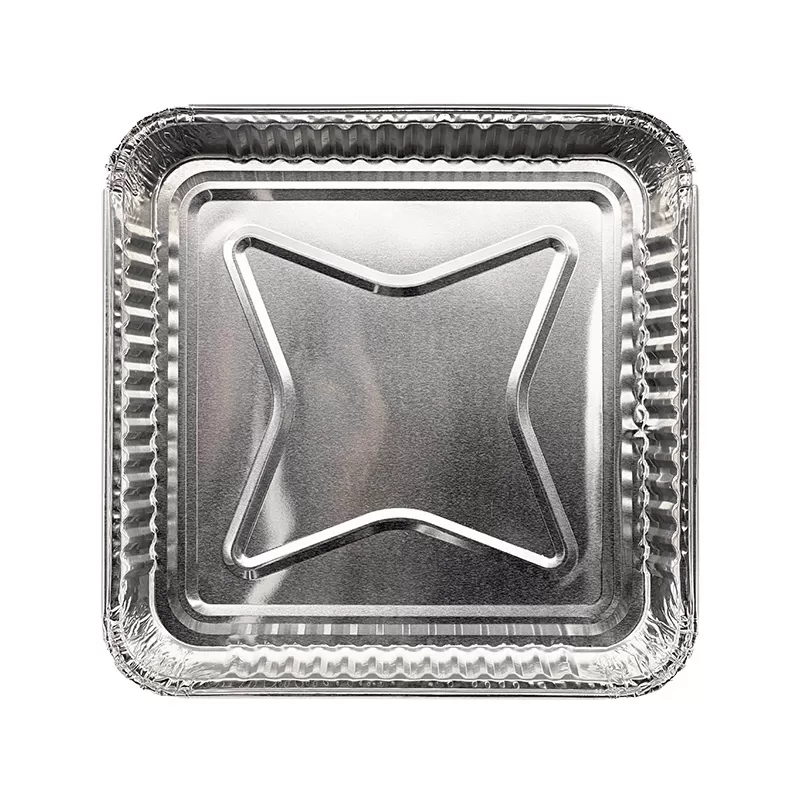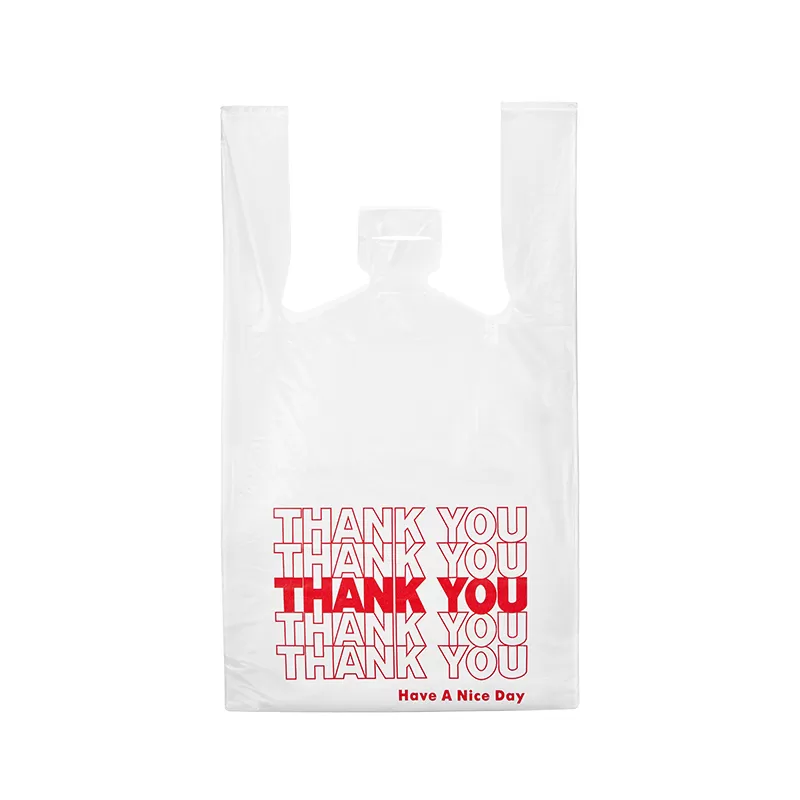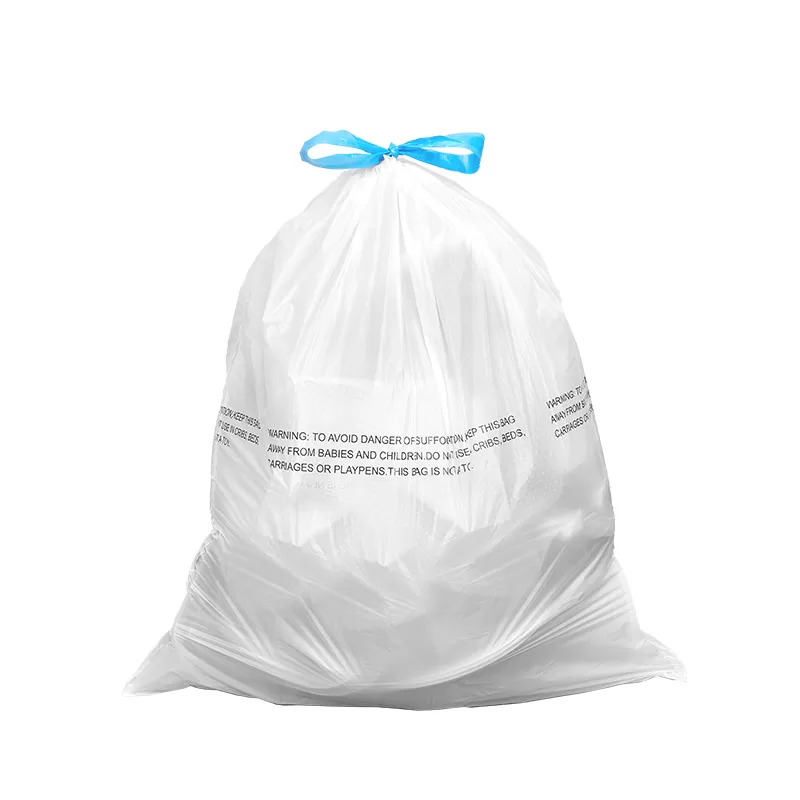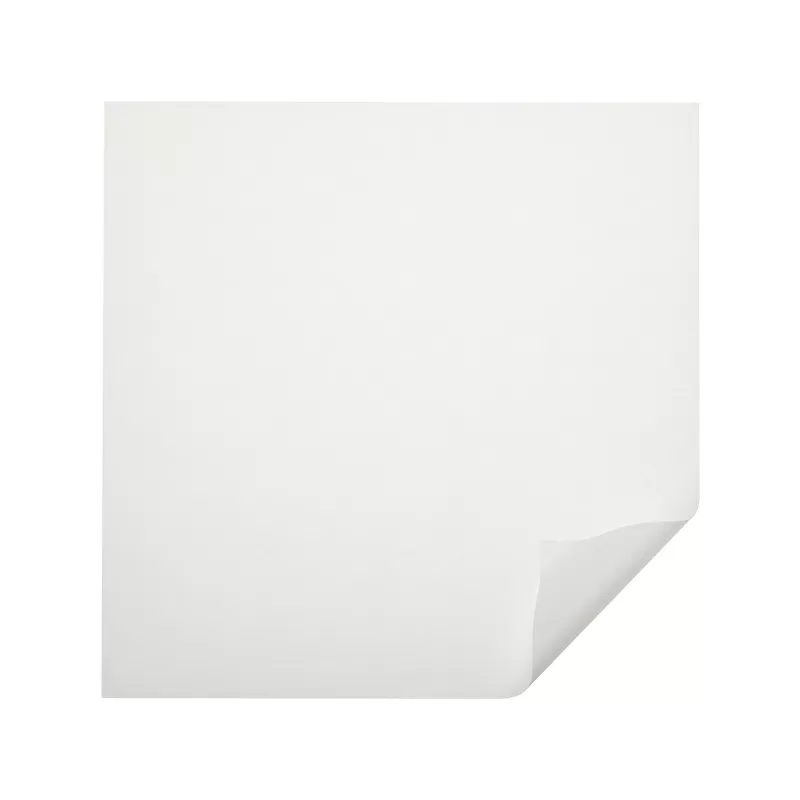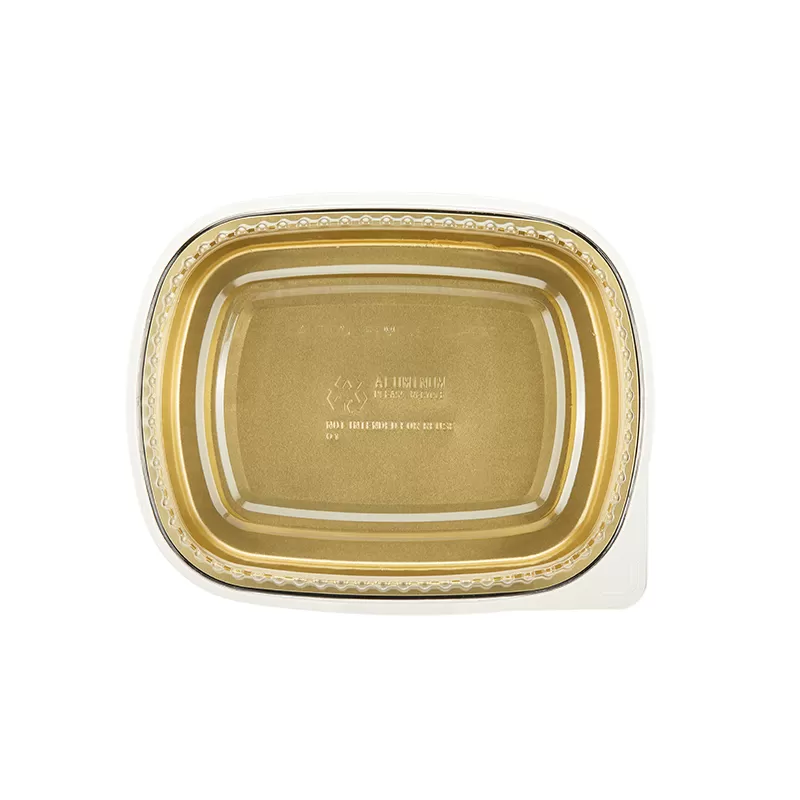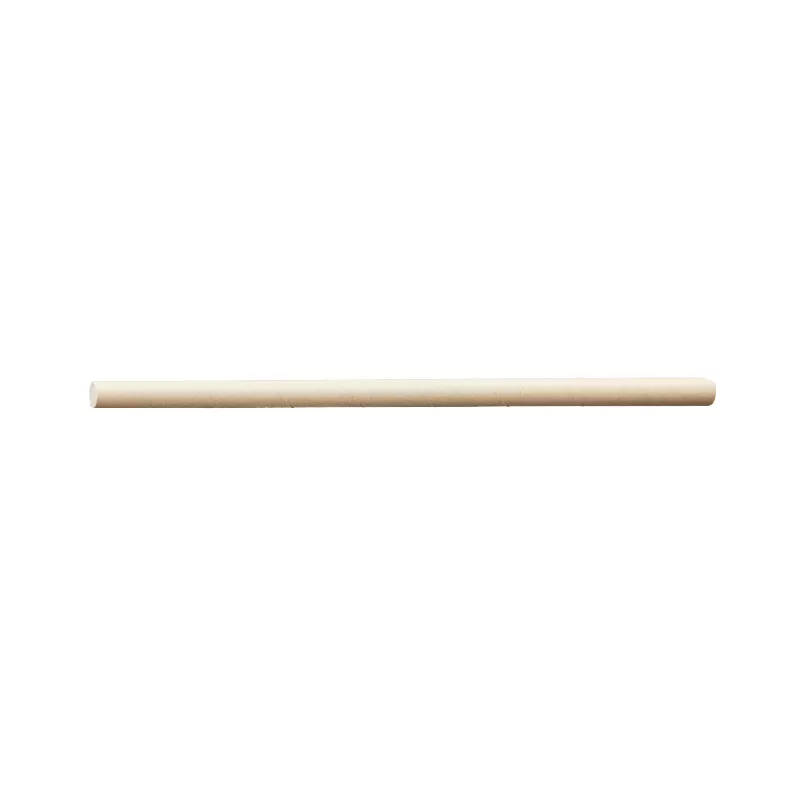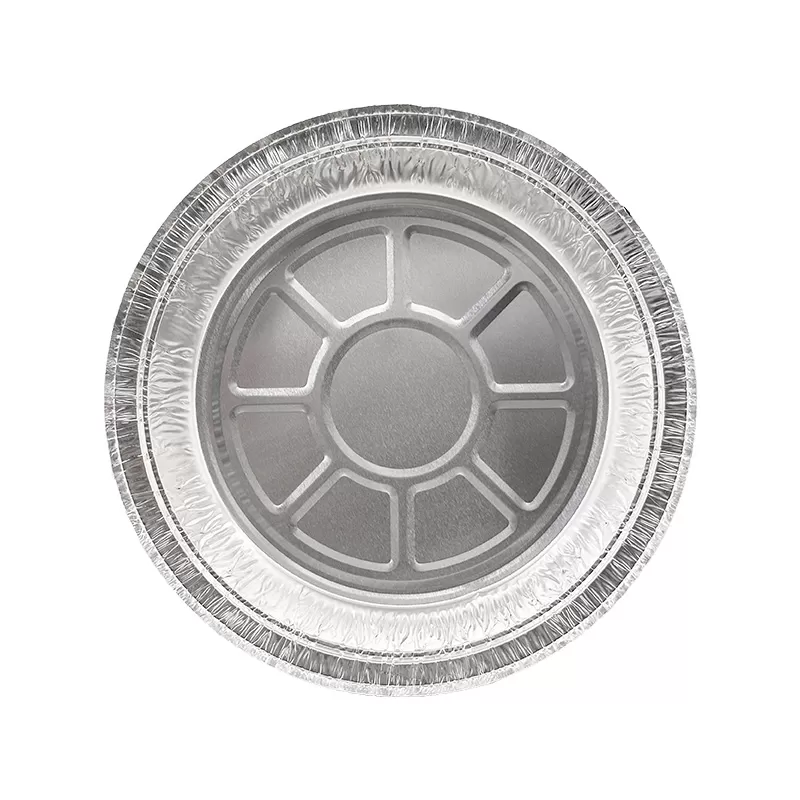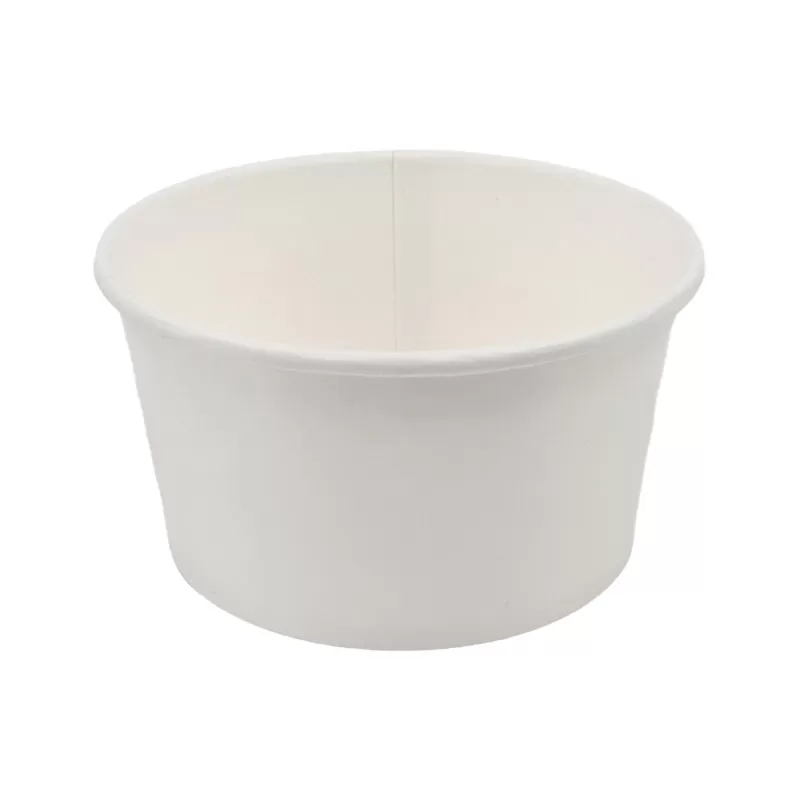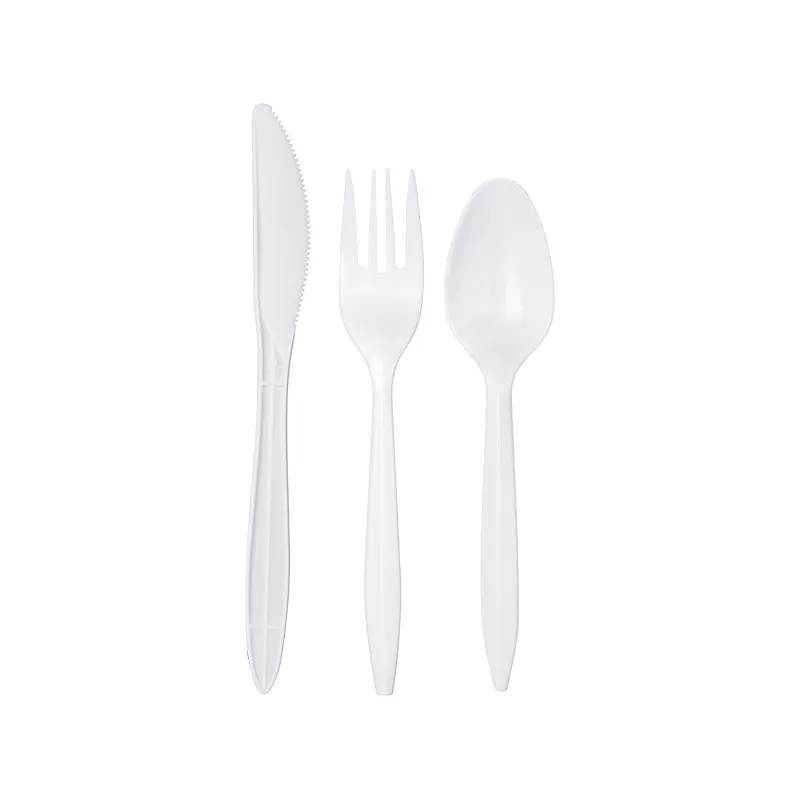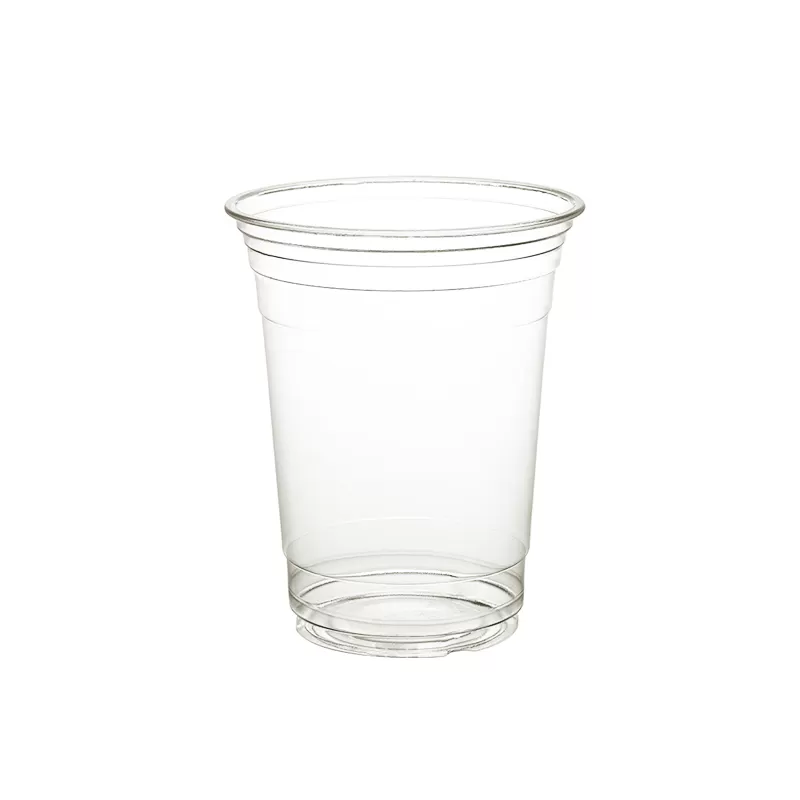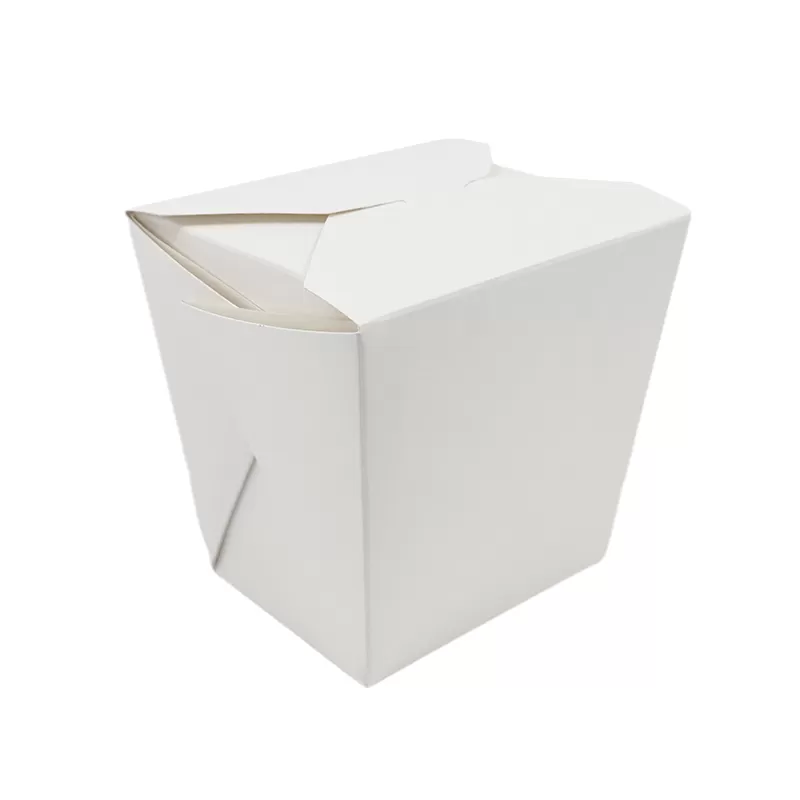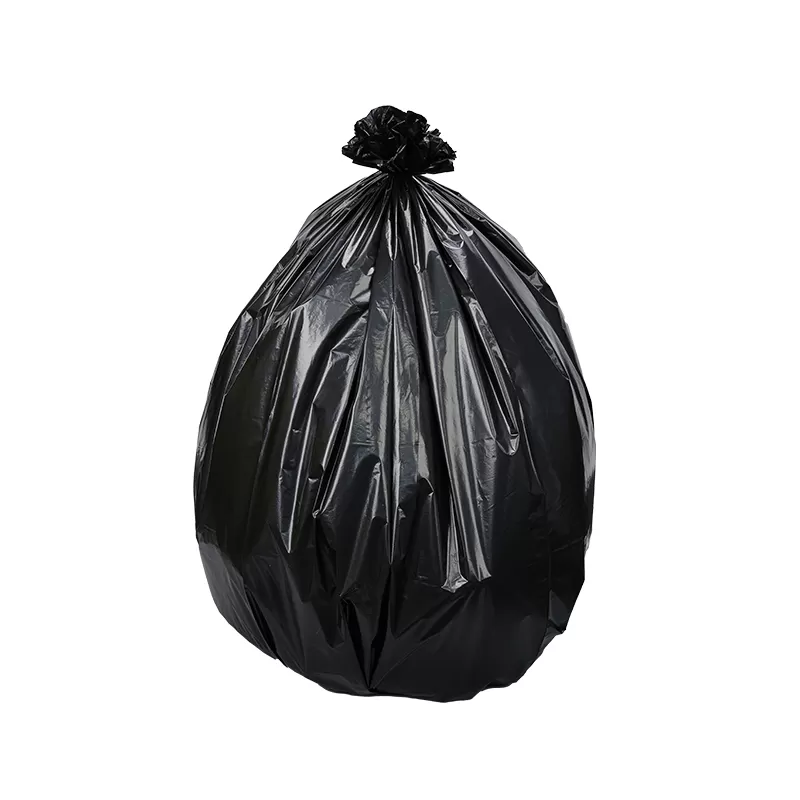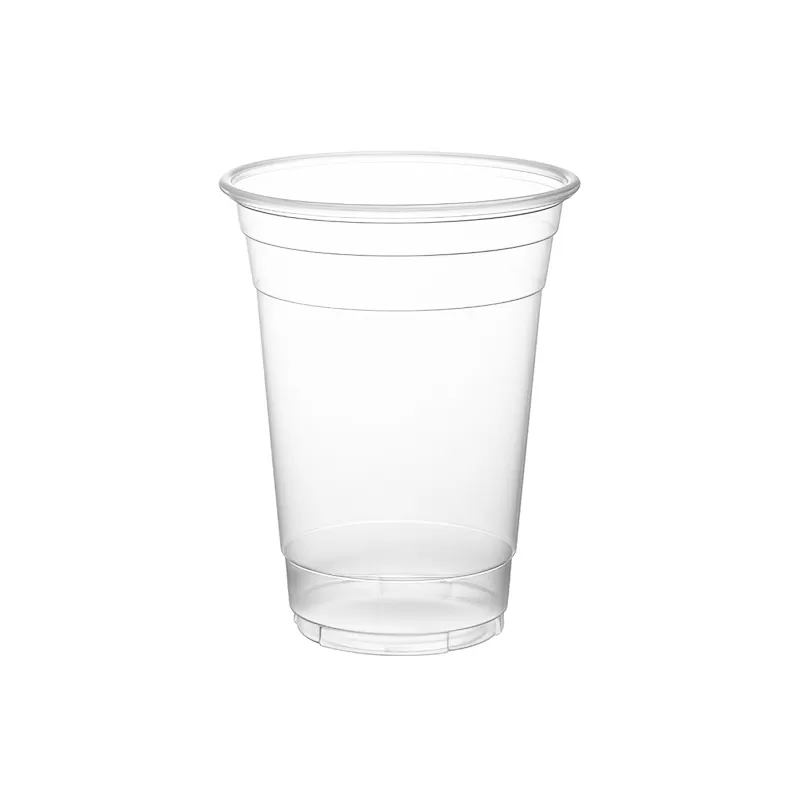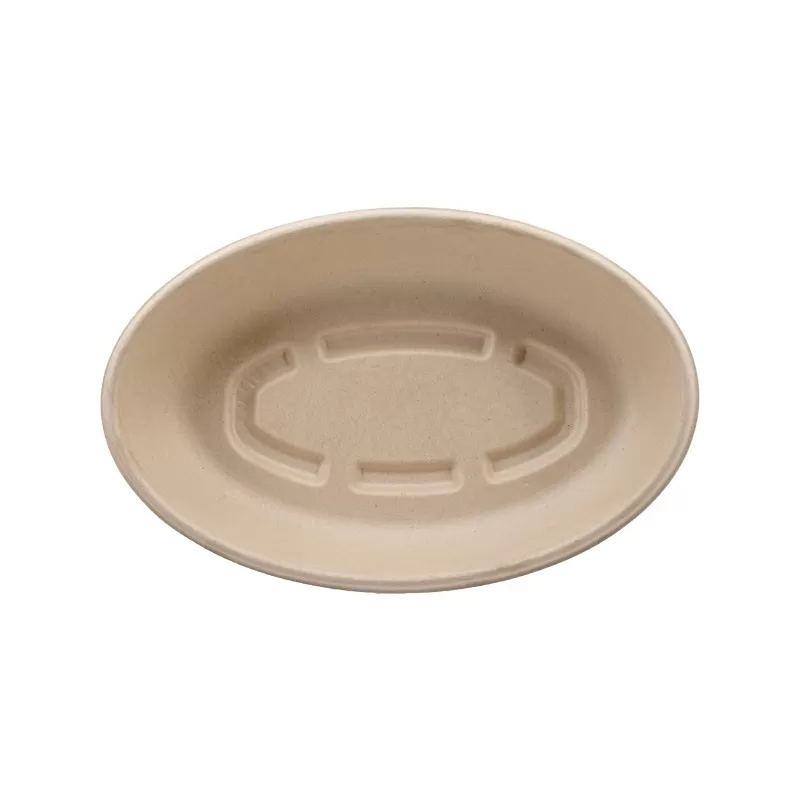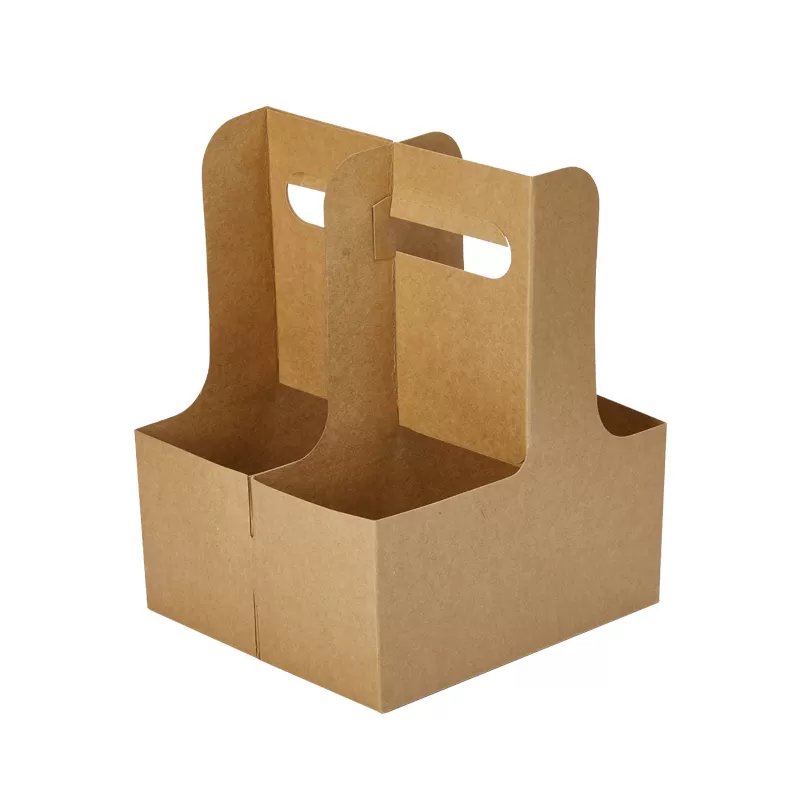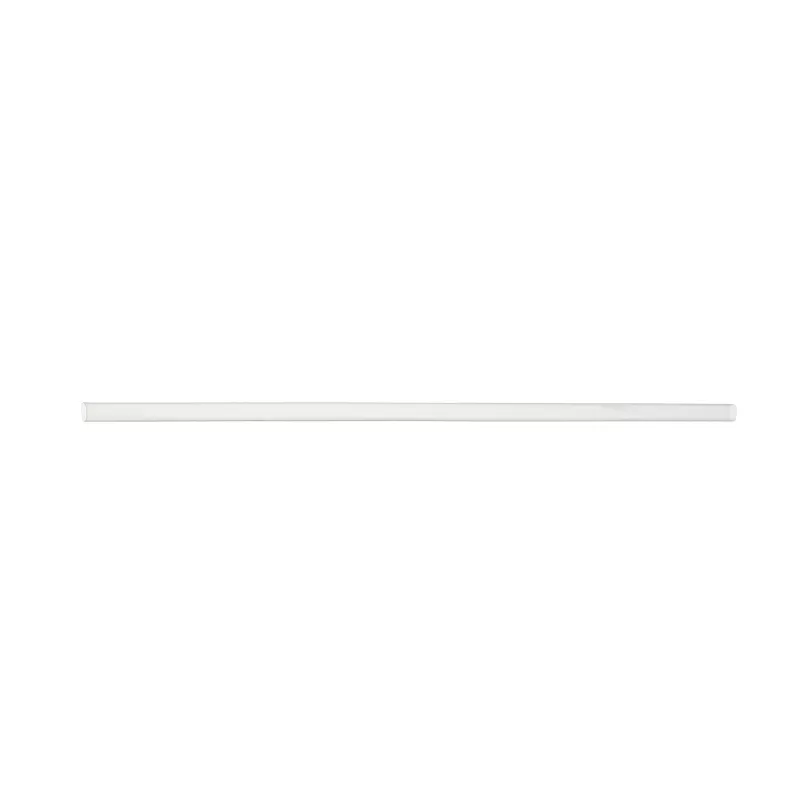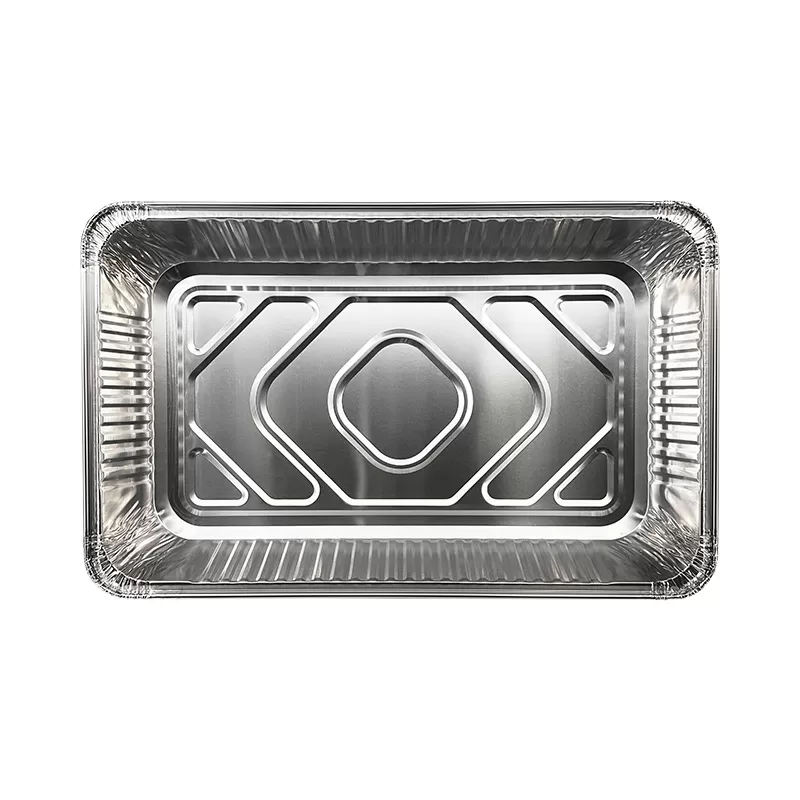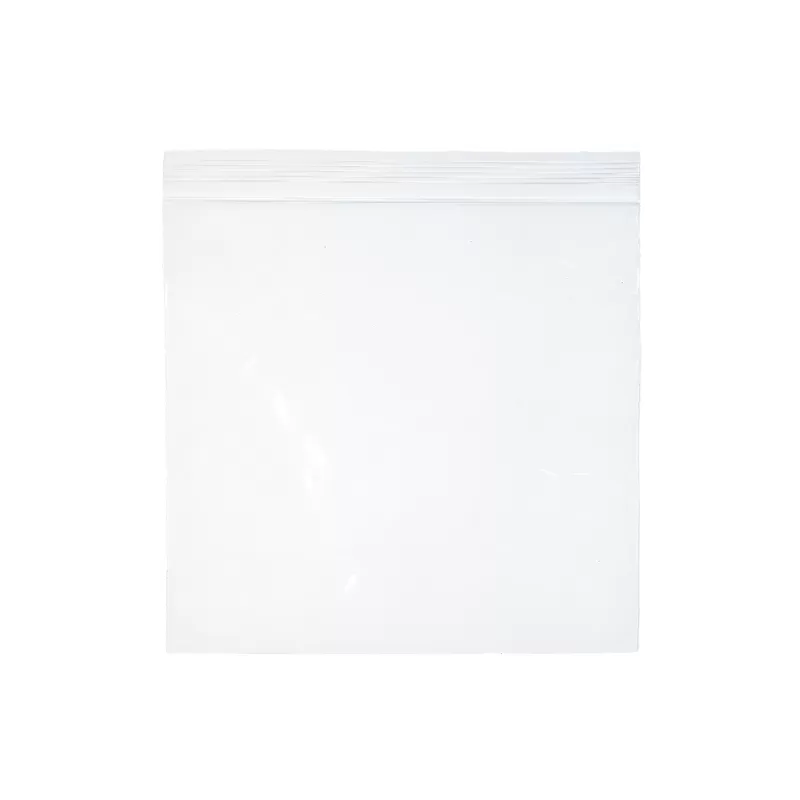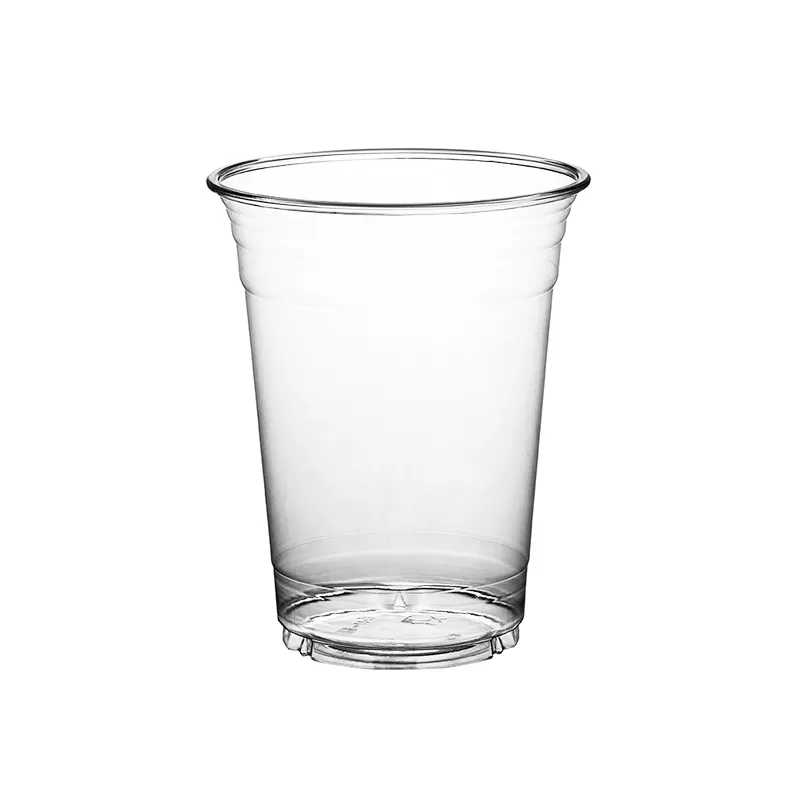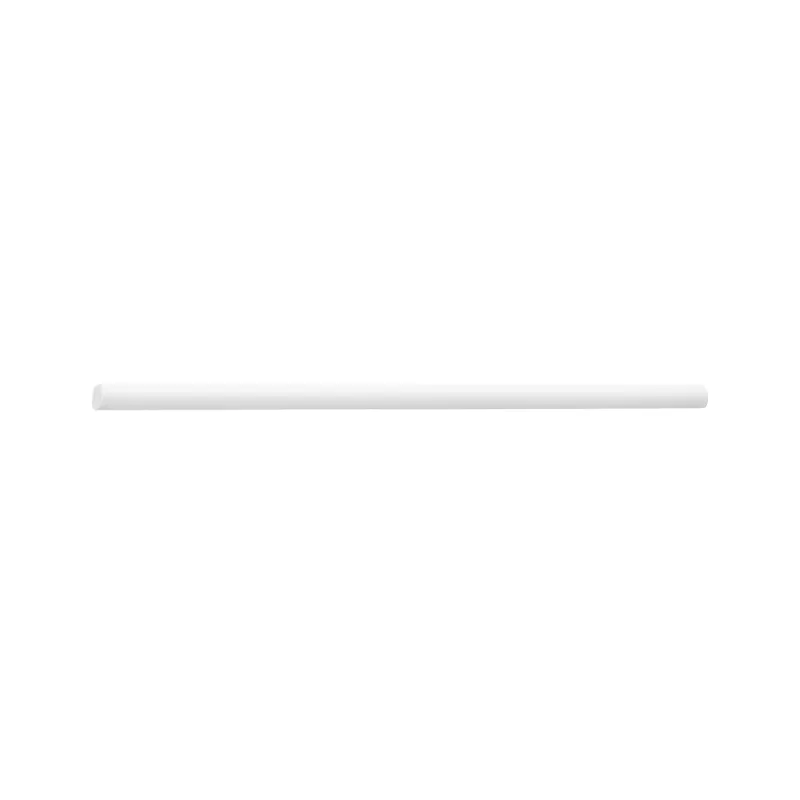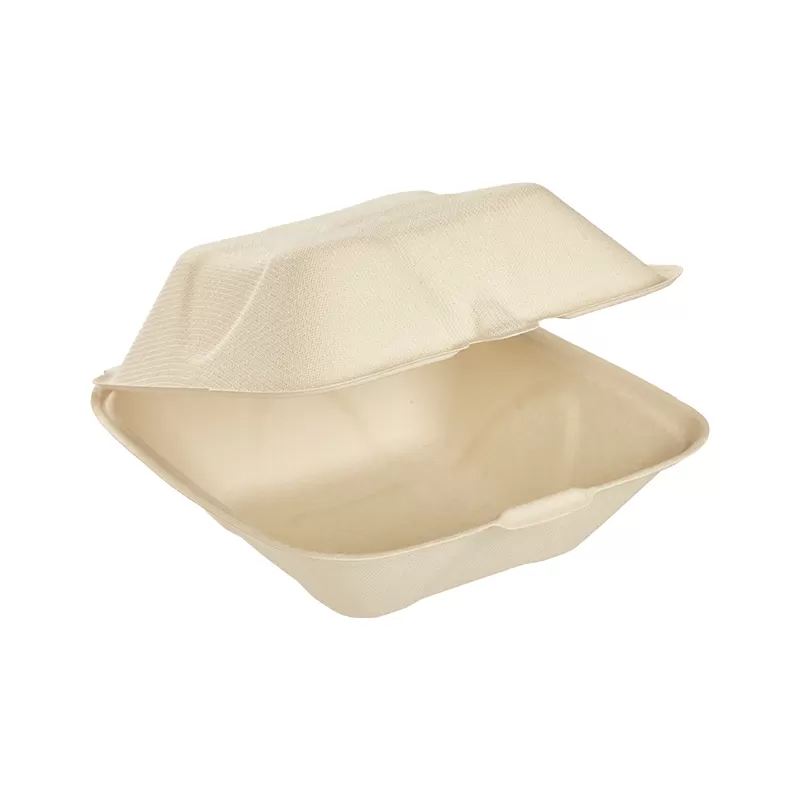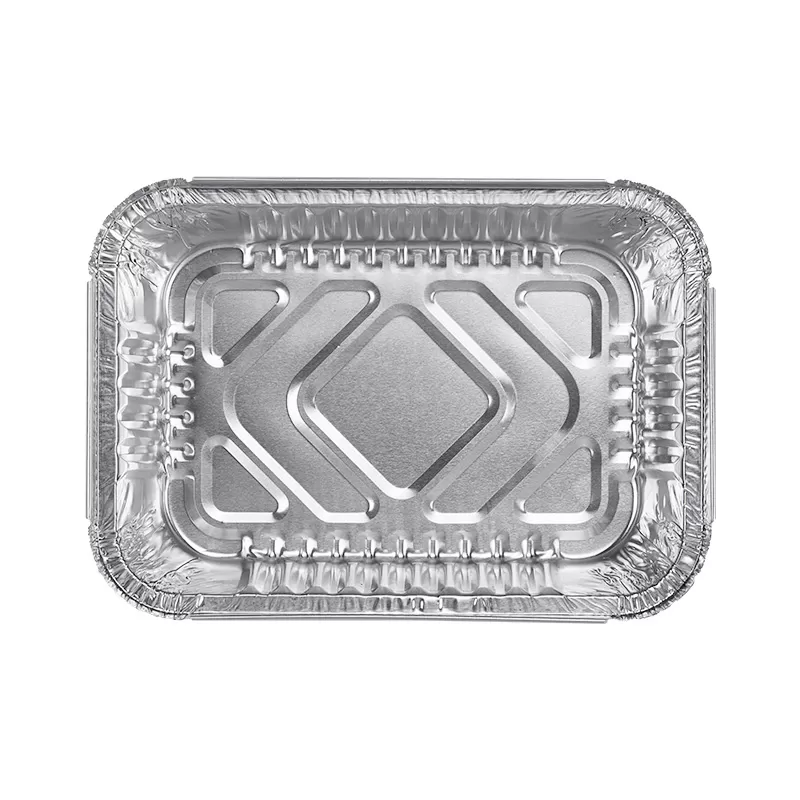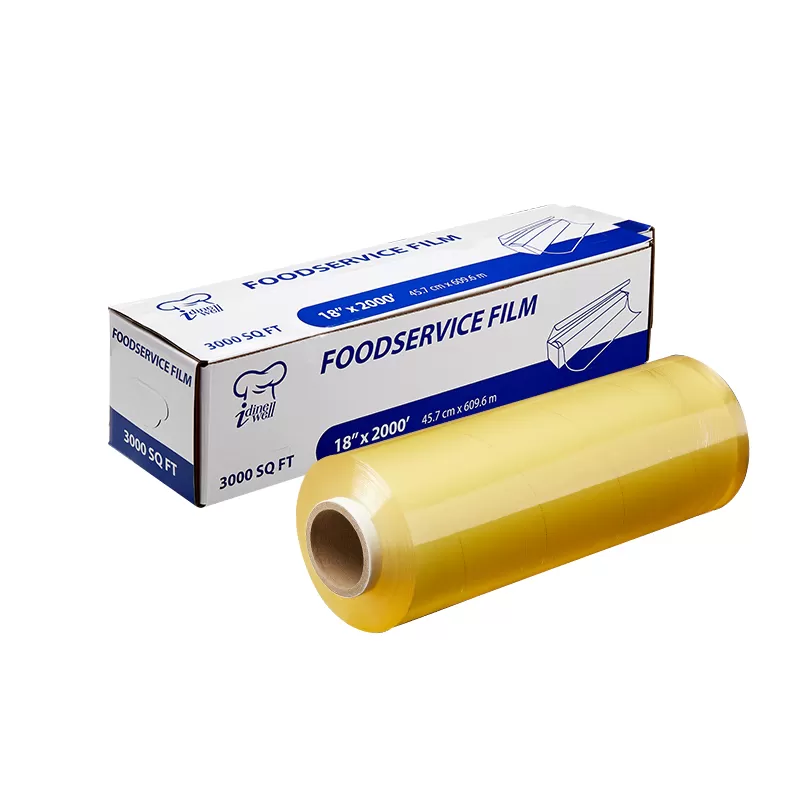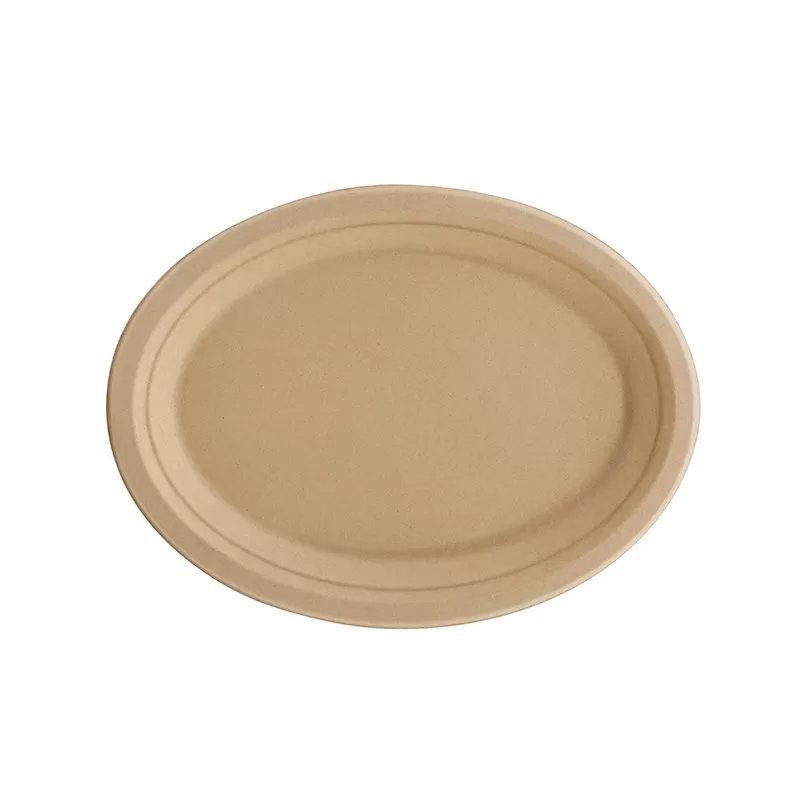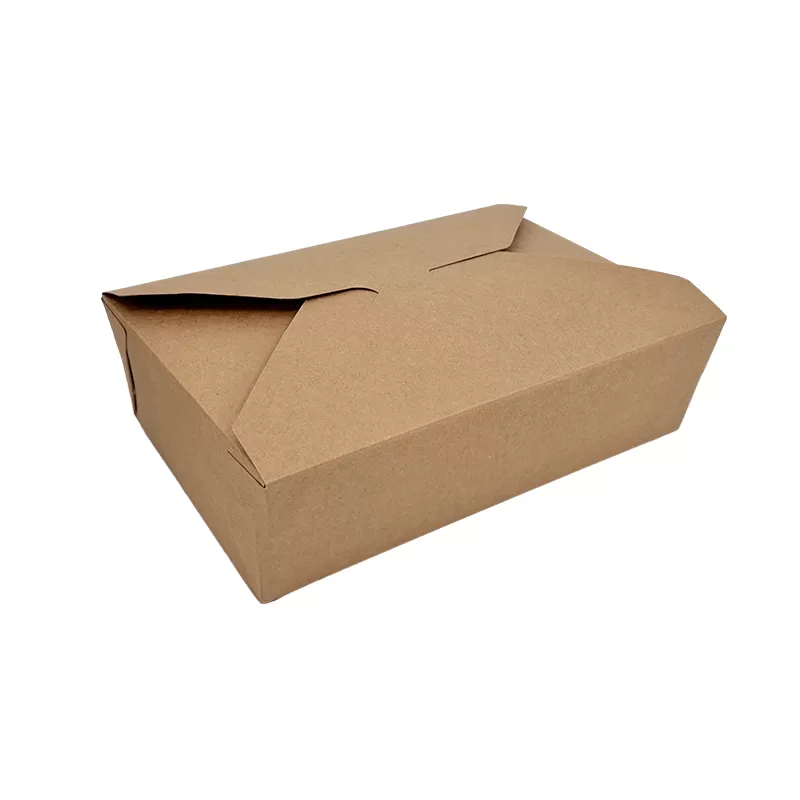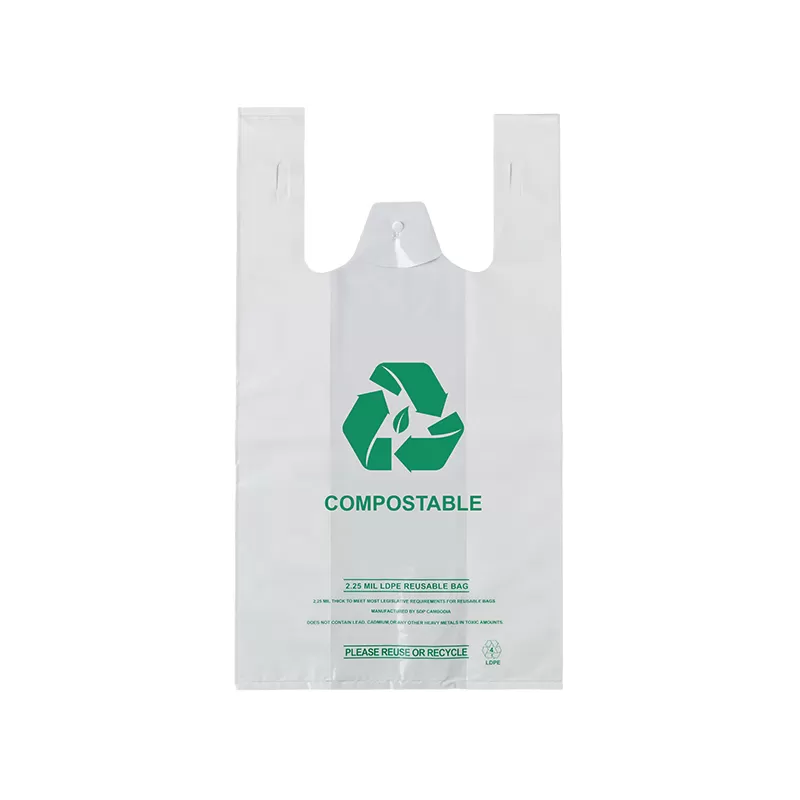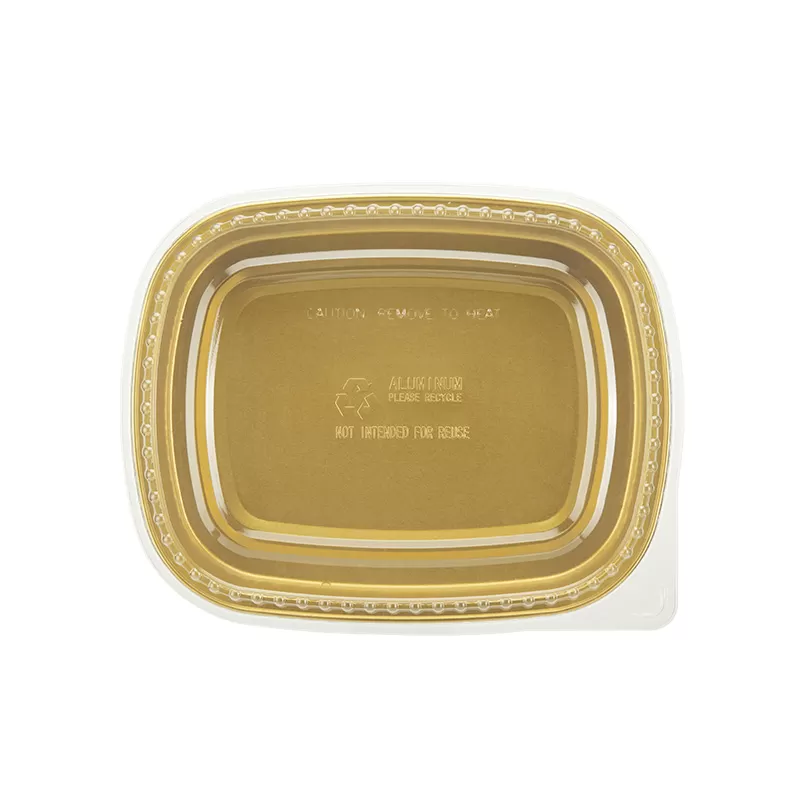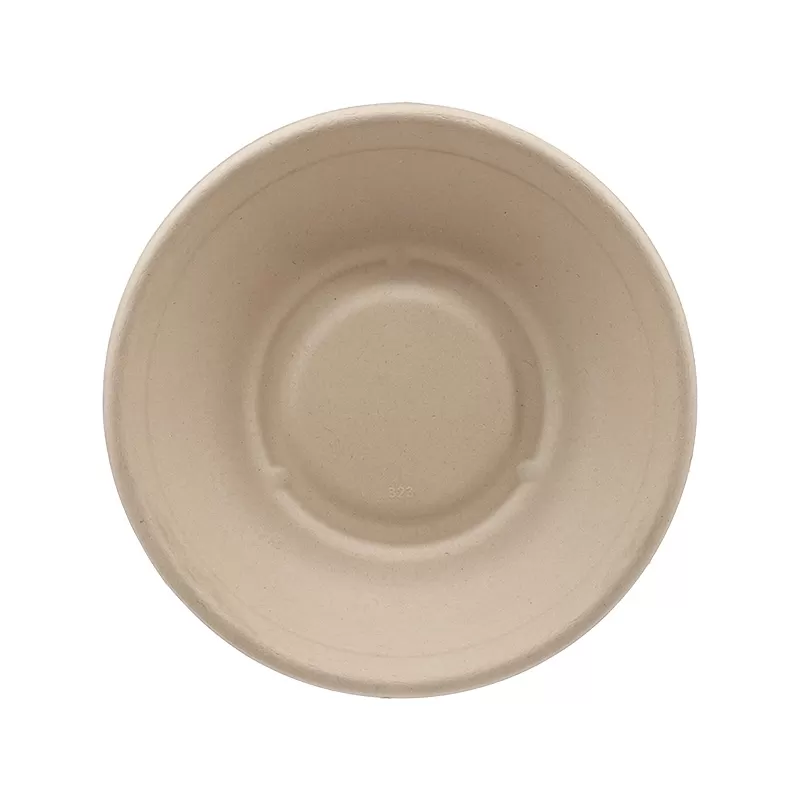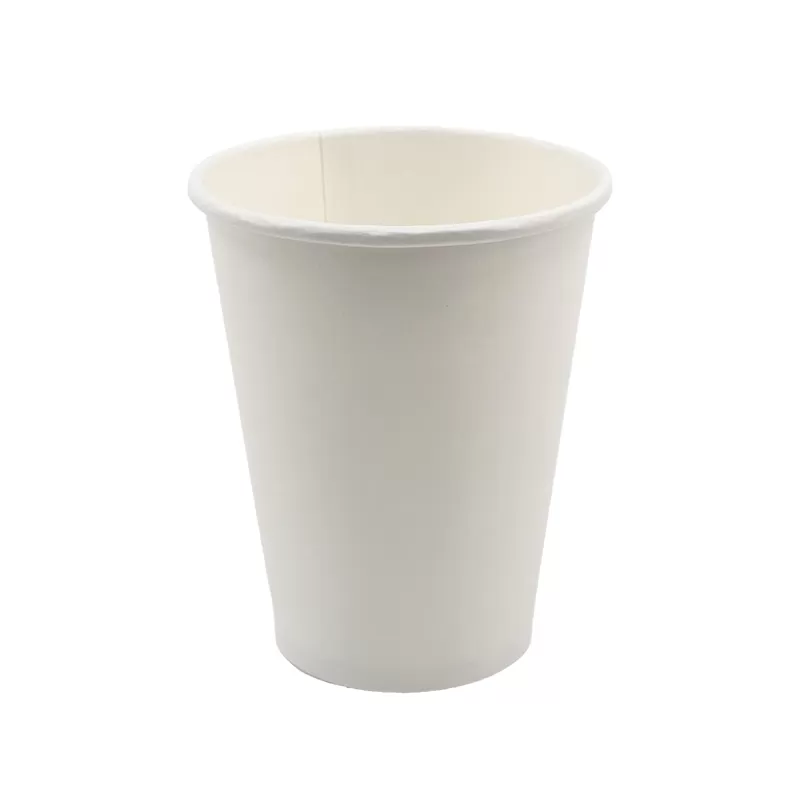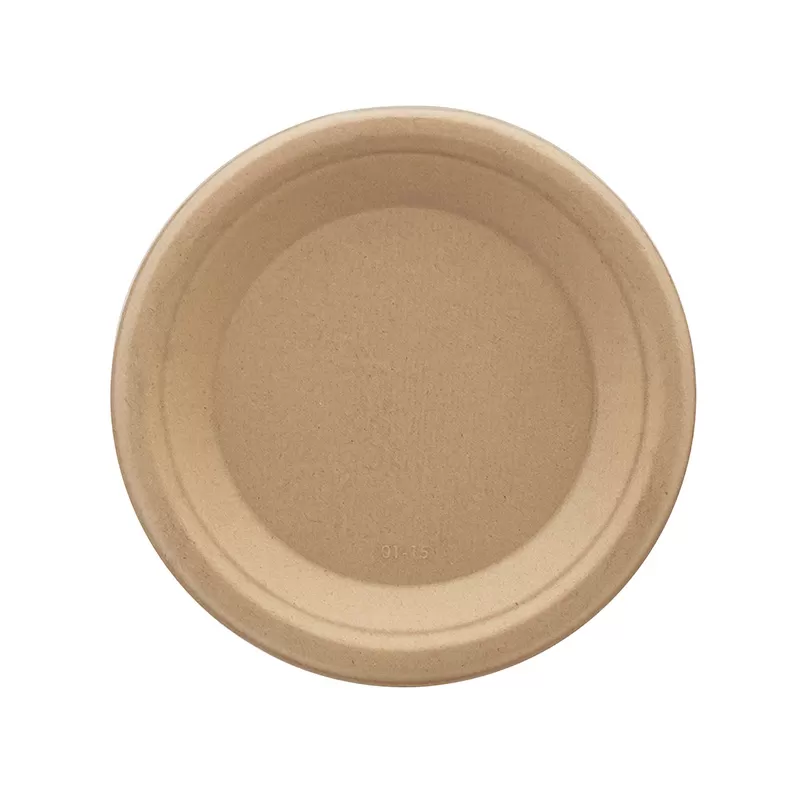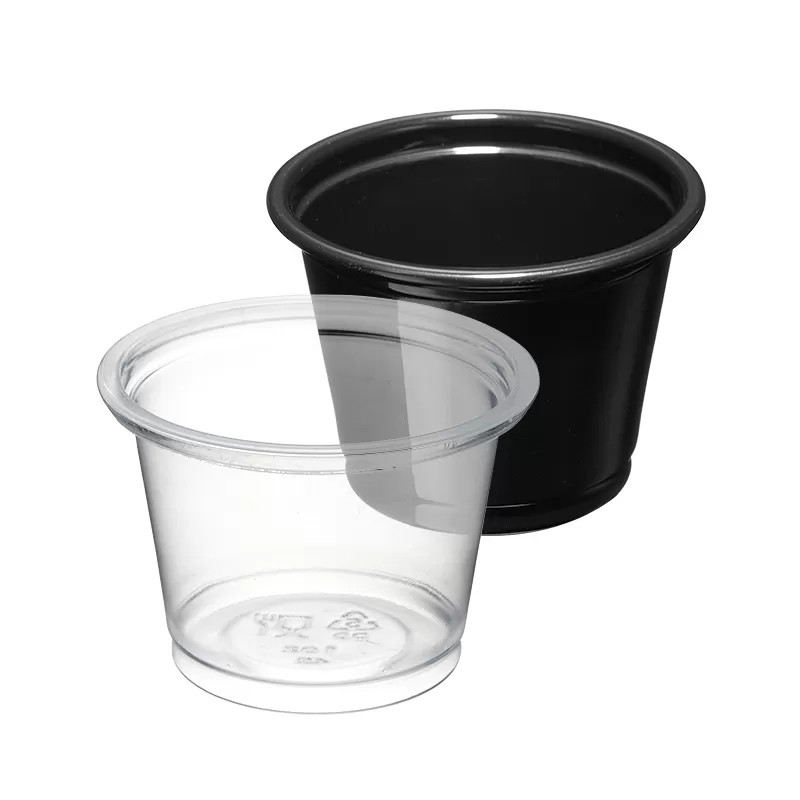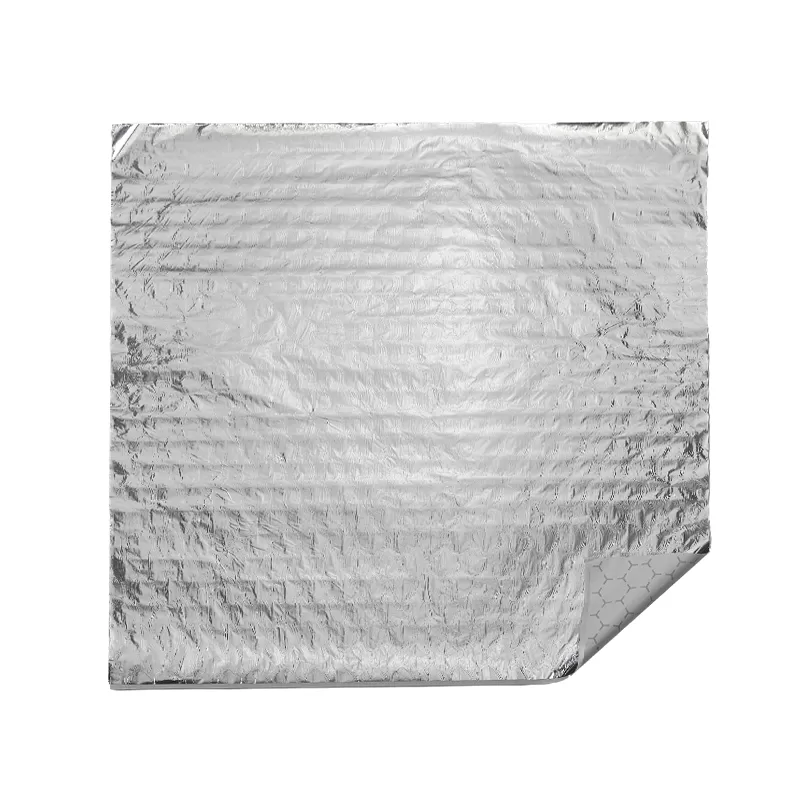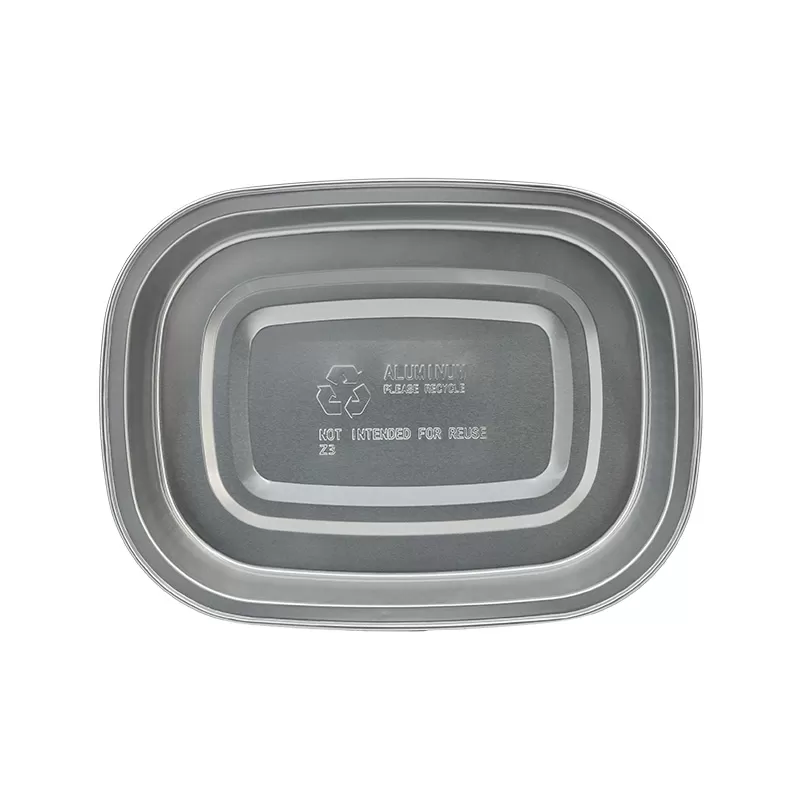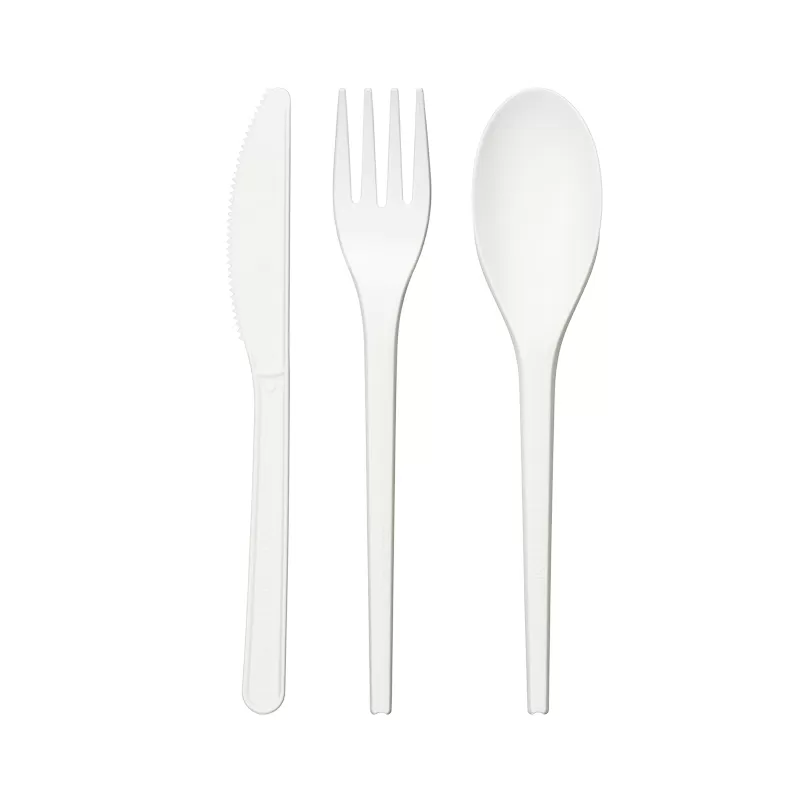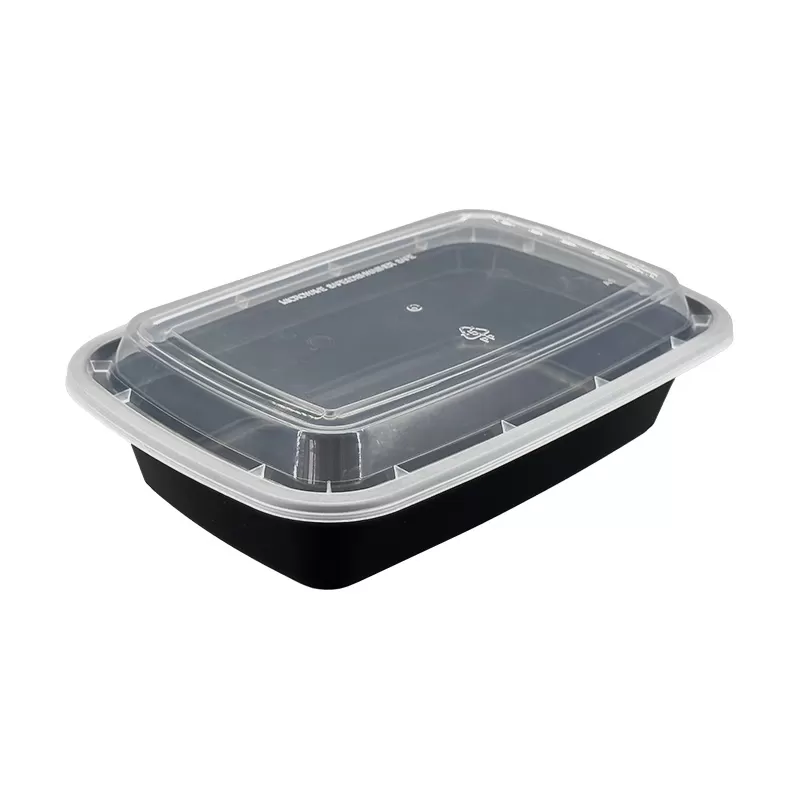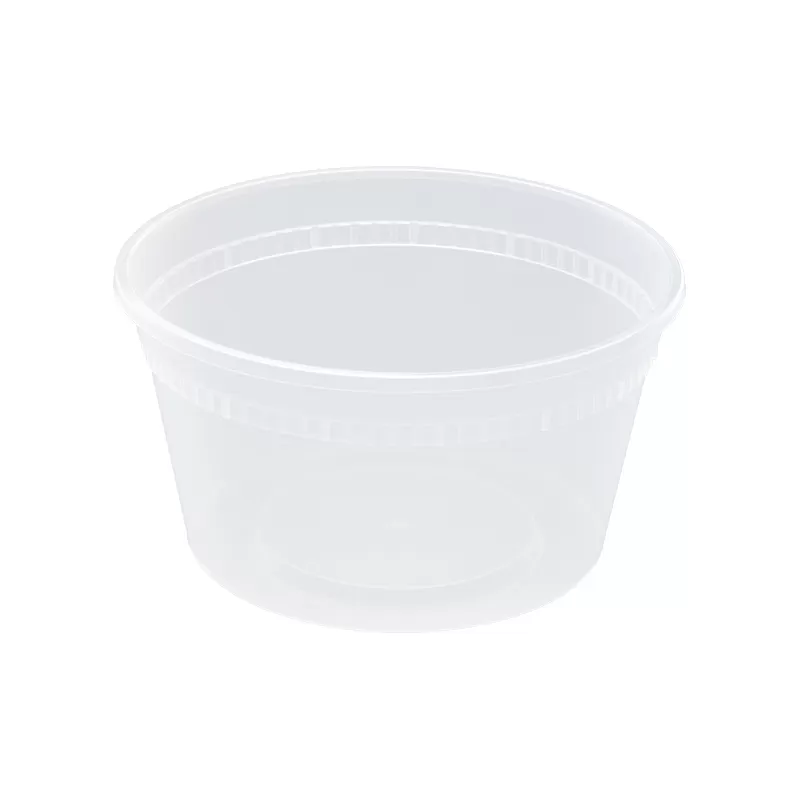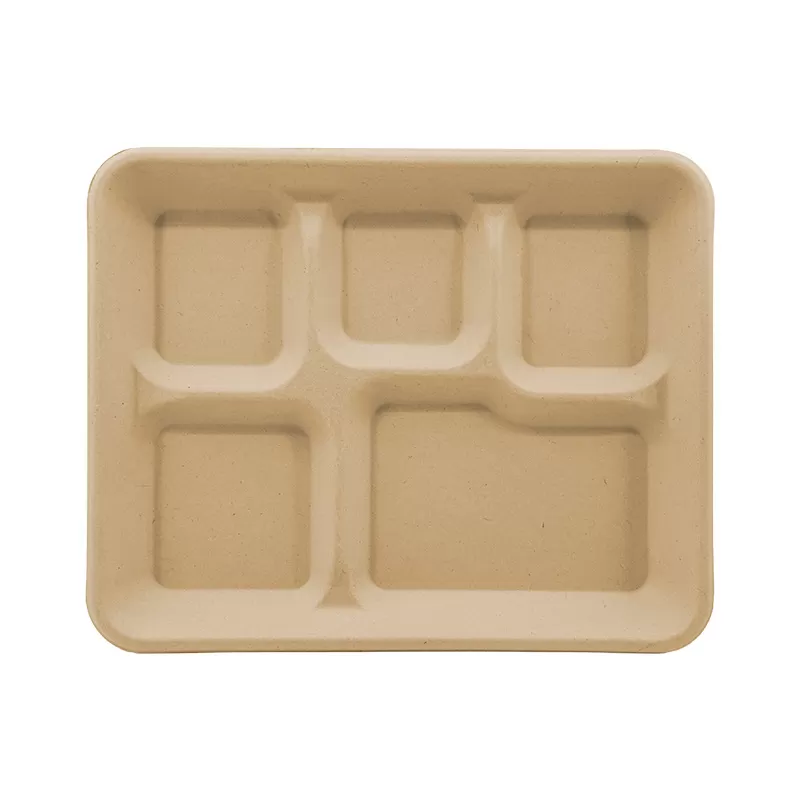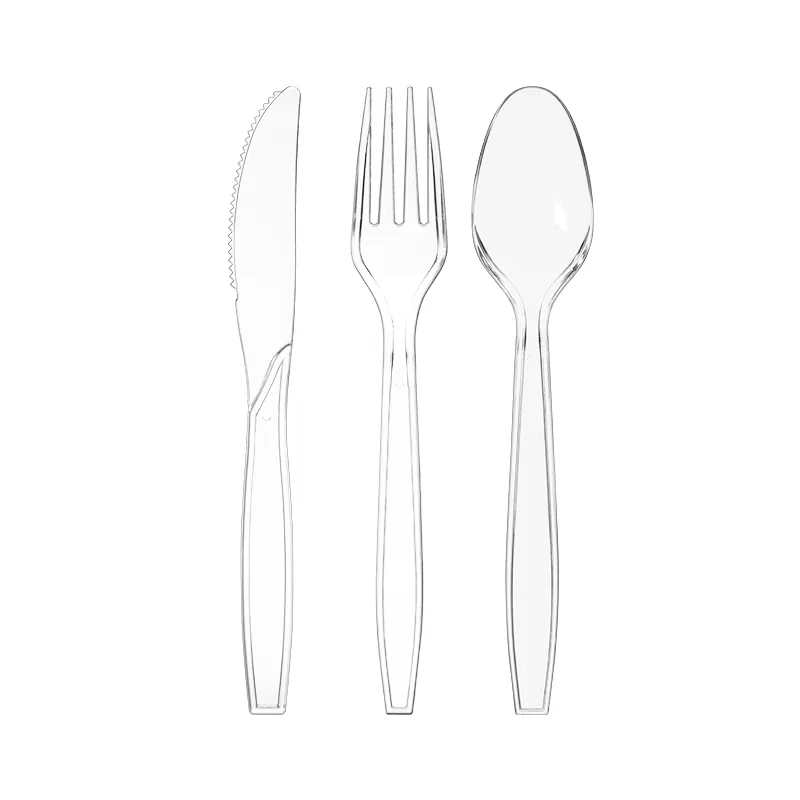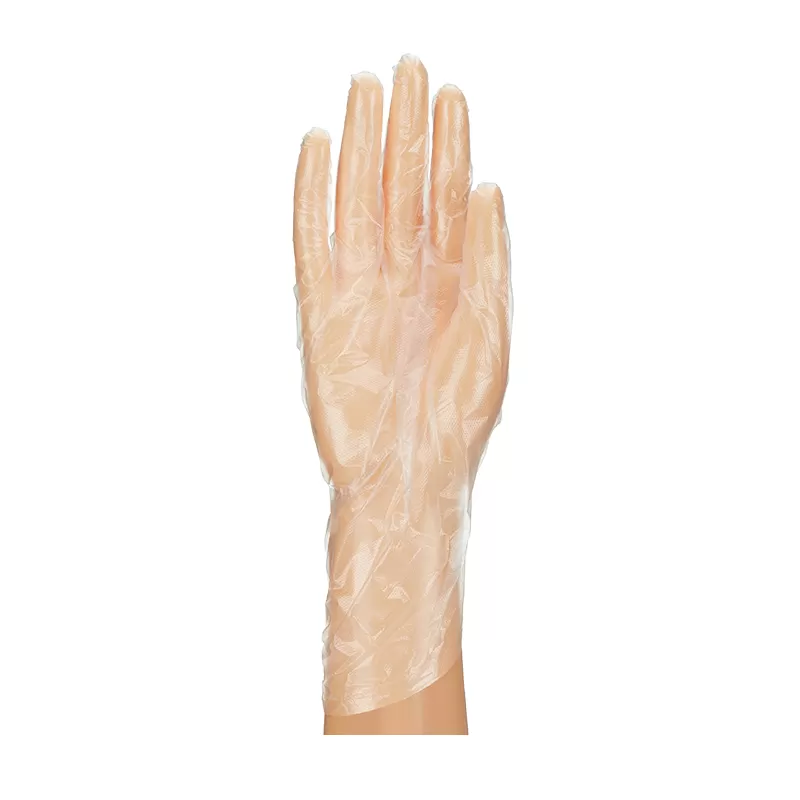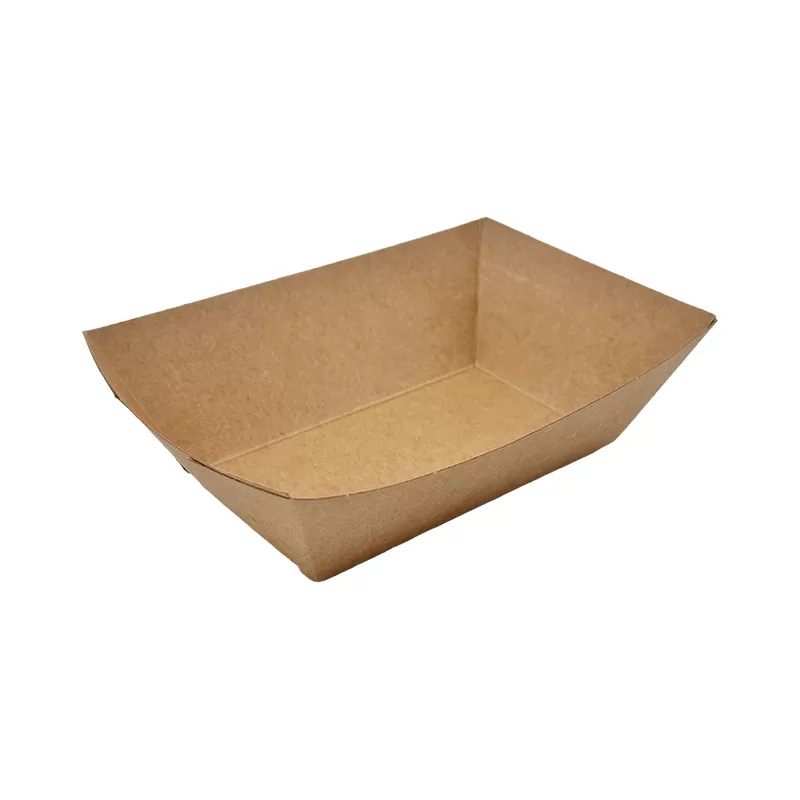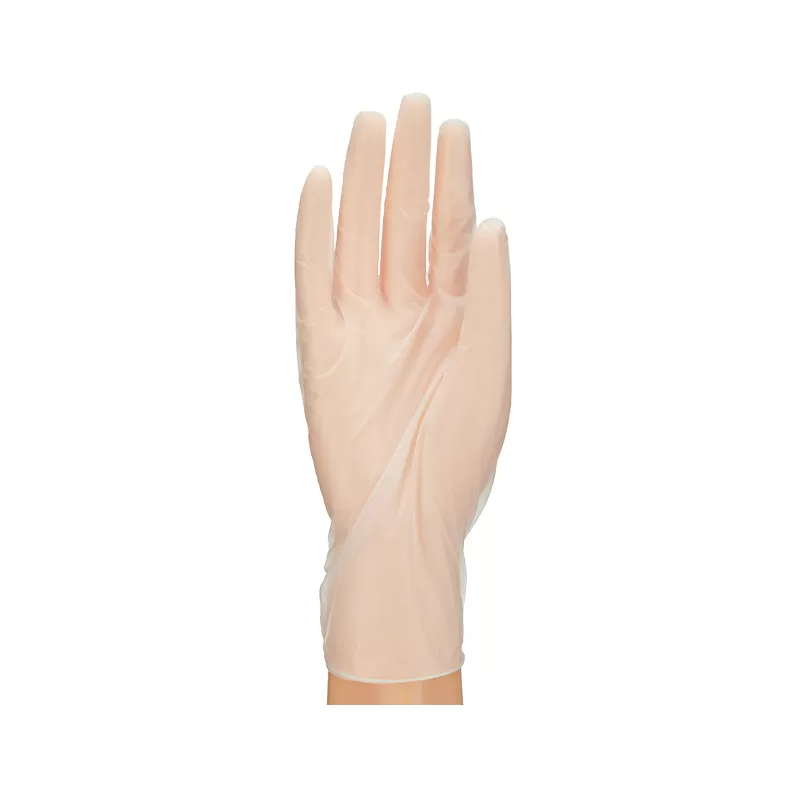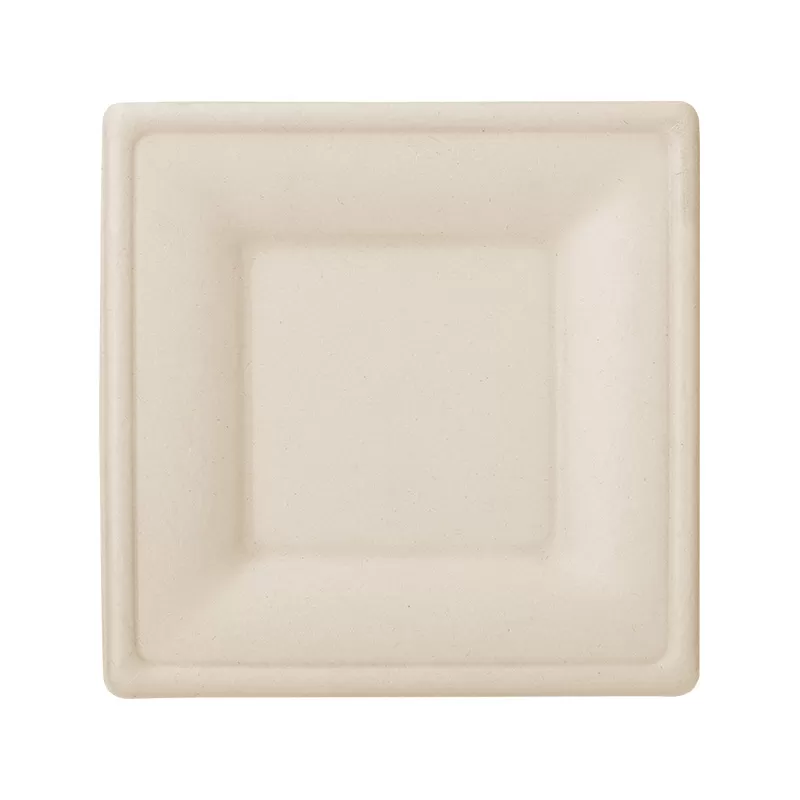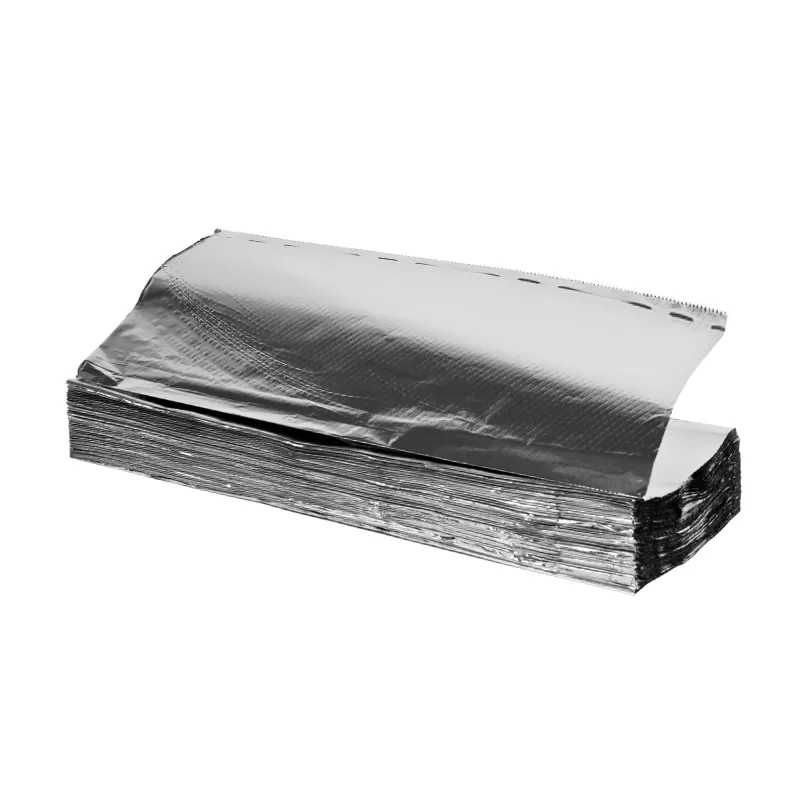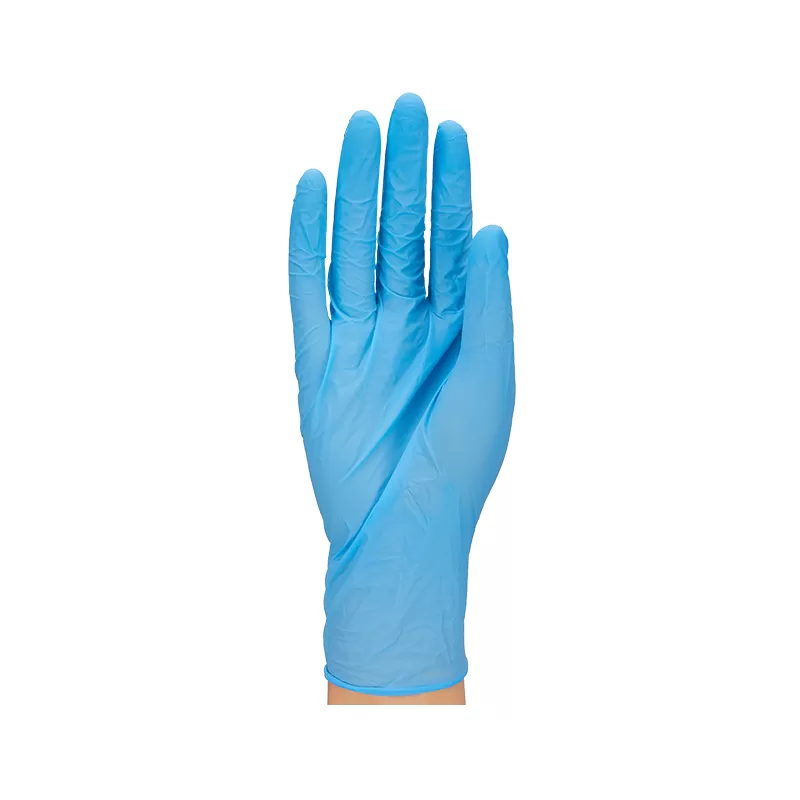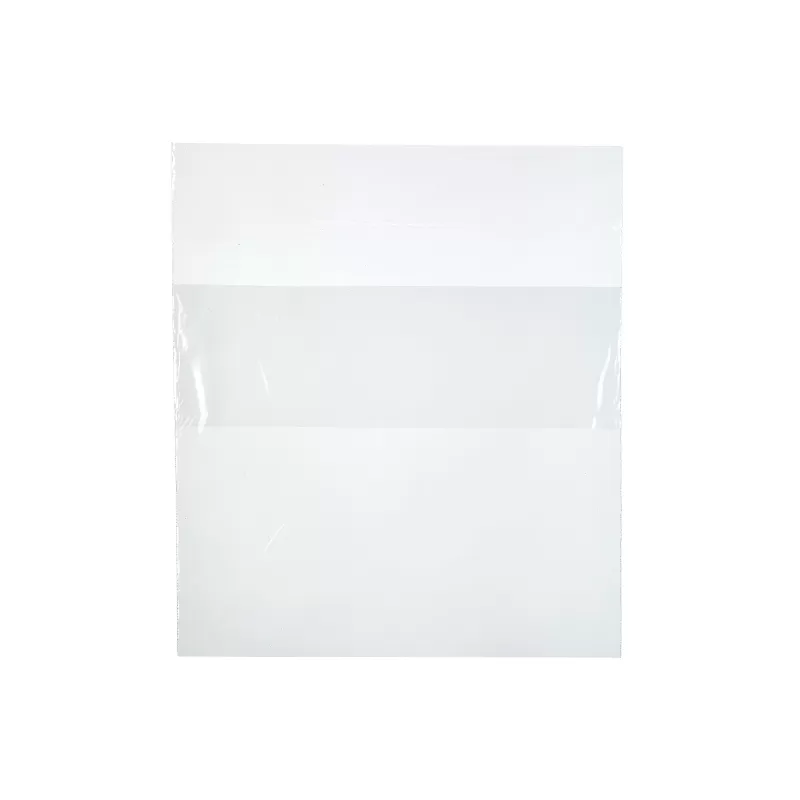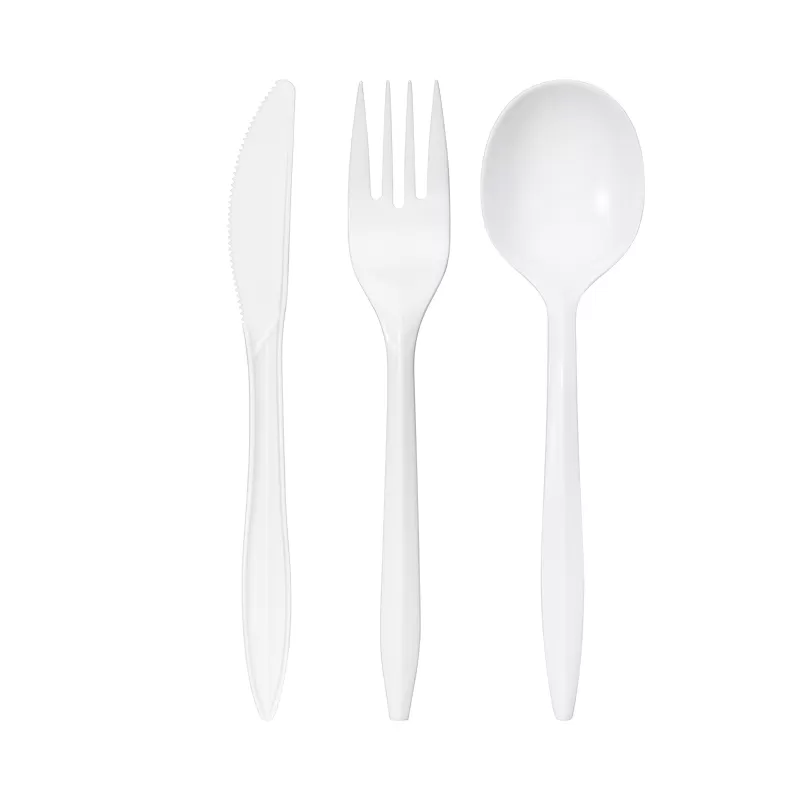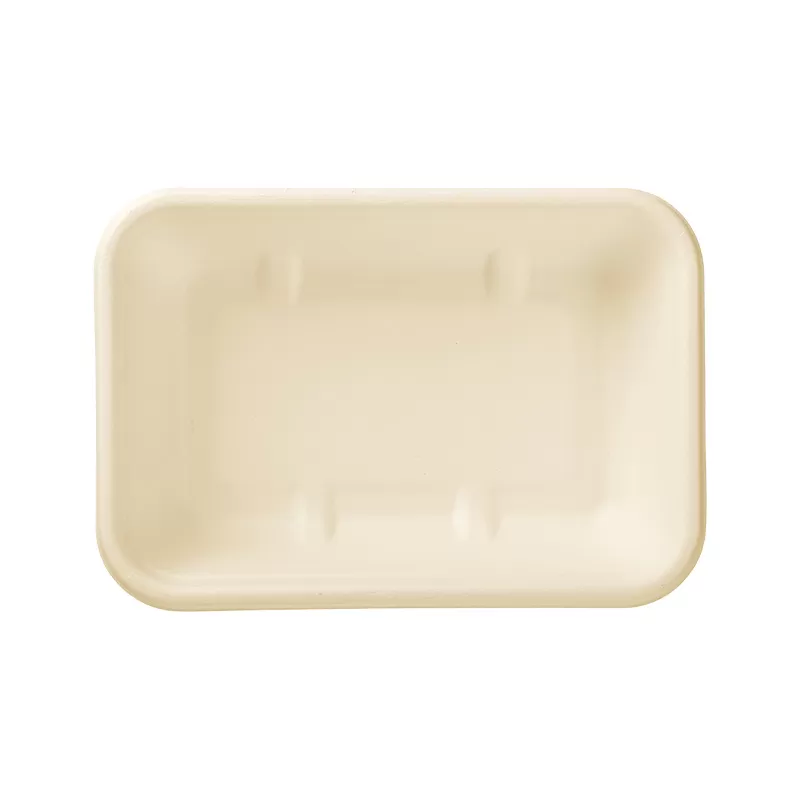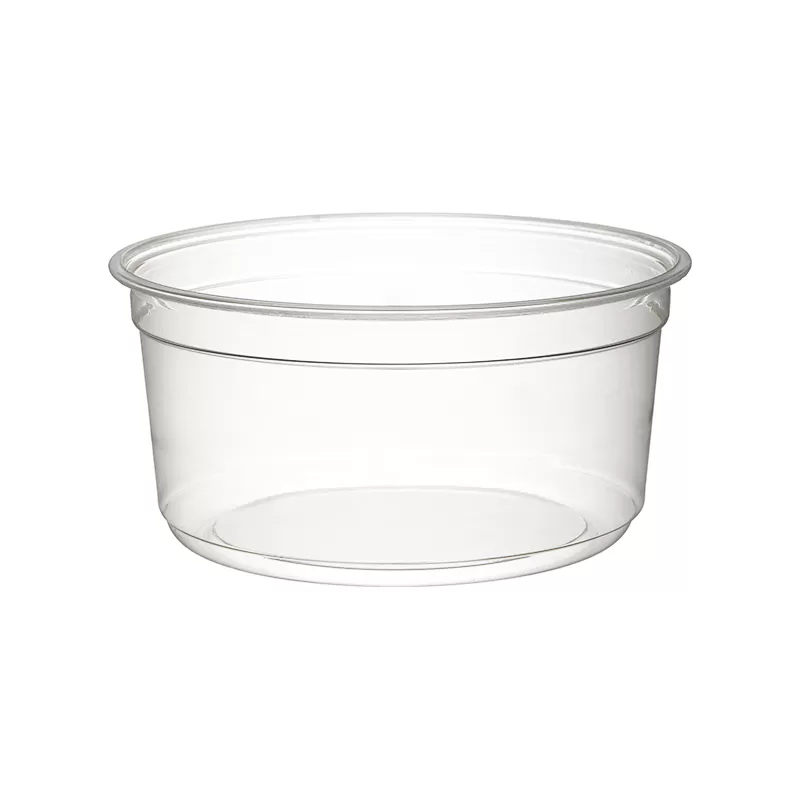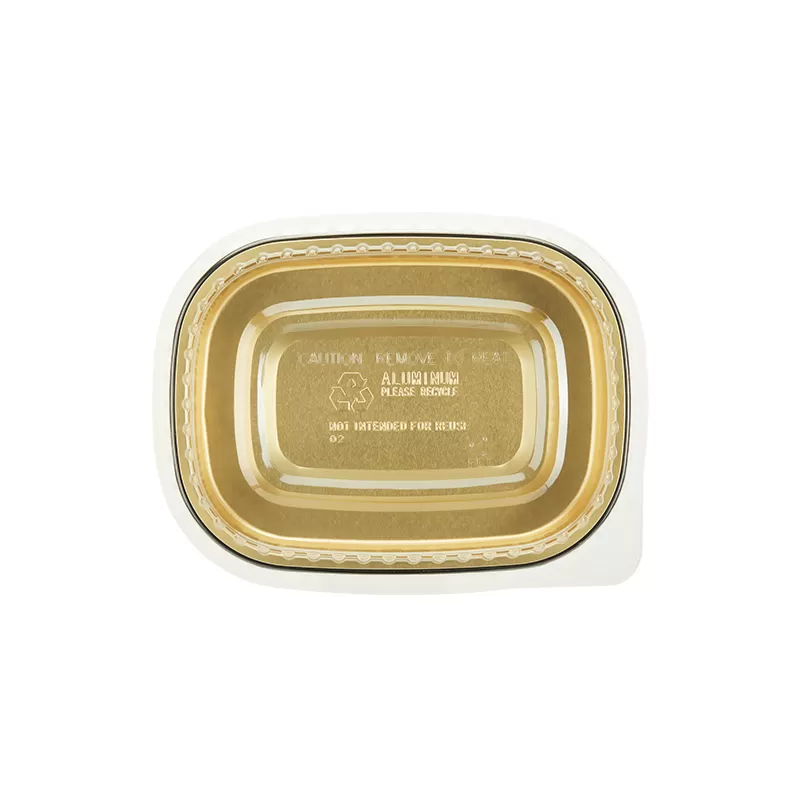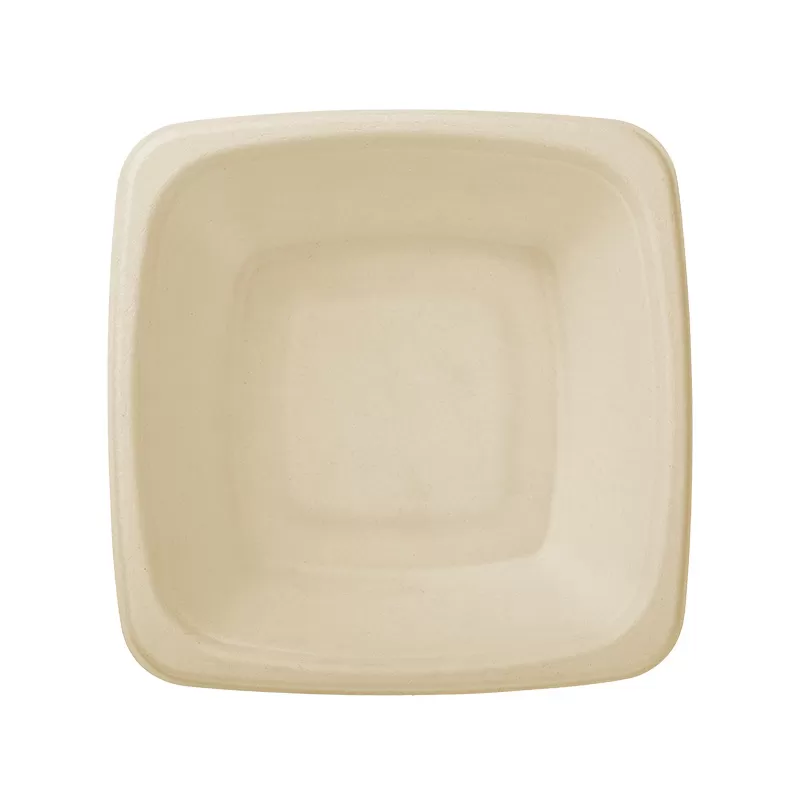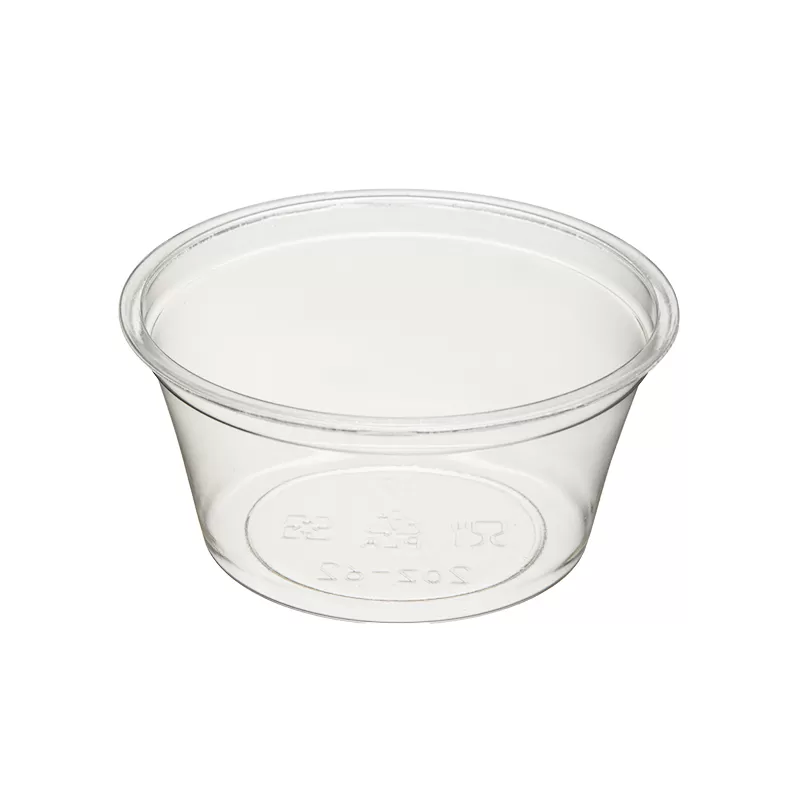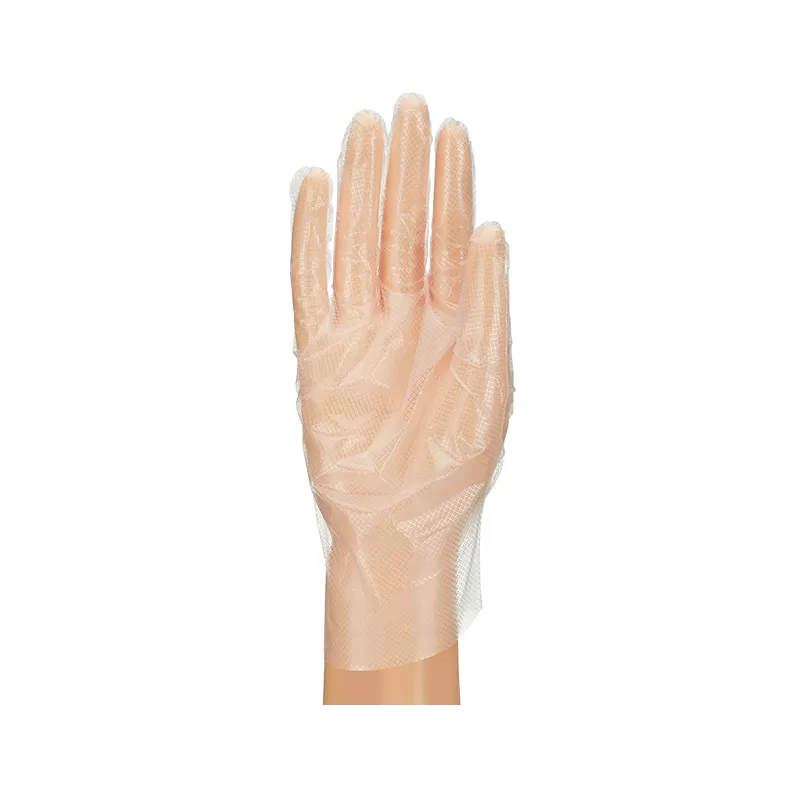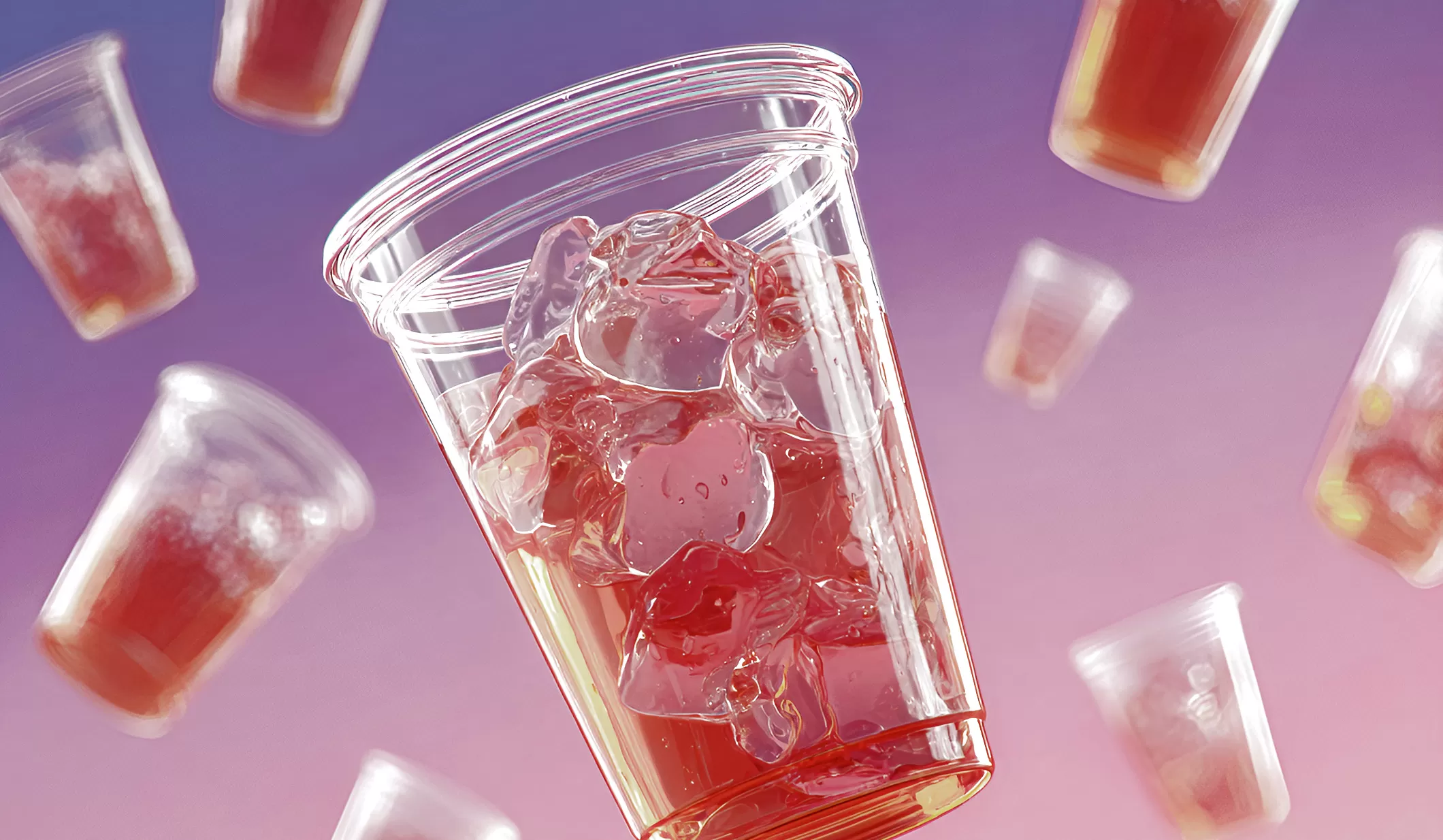
The rapid development of disposable plastic cups has seen dramatic changes over the past few decades, particularly in terms of materials and processing technologies.
Looking specifically at disposable plastic cups, the materials have evolved from being single-use and unsafe to today's more diversified and non-toxic options. So, what materials are used in plastic cold cups? How can we distinguish between low-quality and harmful ones? What material should we choose?
Plastic cup products typically feature a numerical code at the bottom, which serves as the "identity card" of the plastic. The triangle formed by three arrows indicates that the material is "recyclable." The numbers 1 to 7 each represent a specific type of material, and products with these numbers are recycled accordingly. These materials each have distinct characteristics:
PET (Polyethylene Terephthalate)
Disposable PET cups are generally clear and hard, with heat resistance up to around 65°C and cold resistance to about -20°C. They are suitable for cold drinks, but when filled with hot water, they may release bisphenol A (BPA), a toxic substance that can be harmful to health. After recycling, PET cups are crushed into chips, which can be used as material to make items like sweaters. A 16-liter PET cup, for example, can be repurposed into a sweater. PET plastic cups are a cost-effective choice overall.

HDPE (High-Density Polyethylene)
HDPE plastic cups are usually opaque, and when bitten, they leave a white mark at the crack, indicating that they are not suitable for repeated use. Therefore, they are generally not recommended for multiple uses.
PVC (Polyvinyl Chloride)
PVC plastic is considered one of the most toxic plastics. Throughout its lifecycle, from production to disposal, PVC involves numerous toxic substances, including plasticizers and stabilizers that can pose significant health risks. Therefore, it is generally not recommended to purchase PVC plastic cups.
LDPE (Low-Density Polyethylene)
LDPE is commonly used for items like raincoats and fishing nets. When used as a water cup, it has poor heat resistance and is not recommended for frequent use.
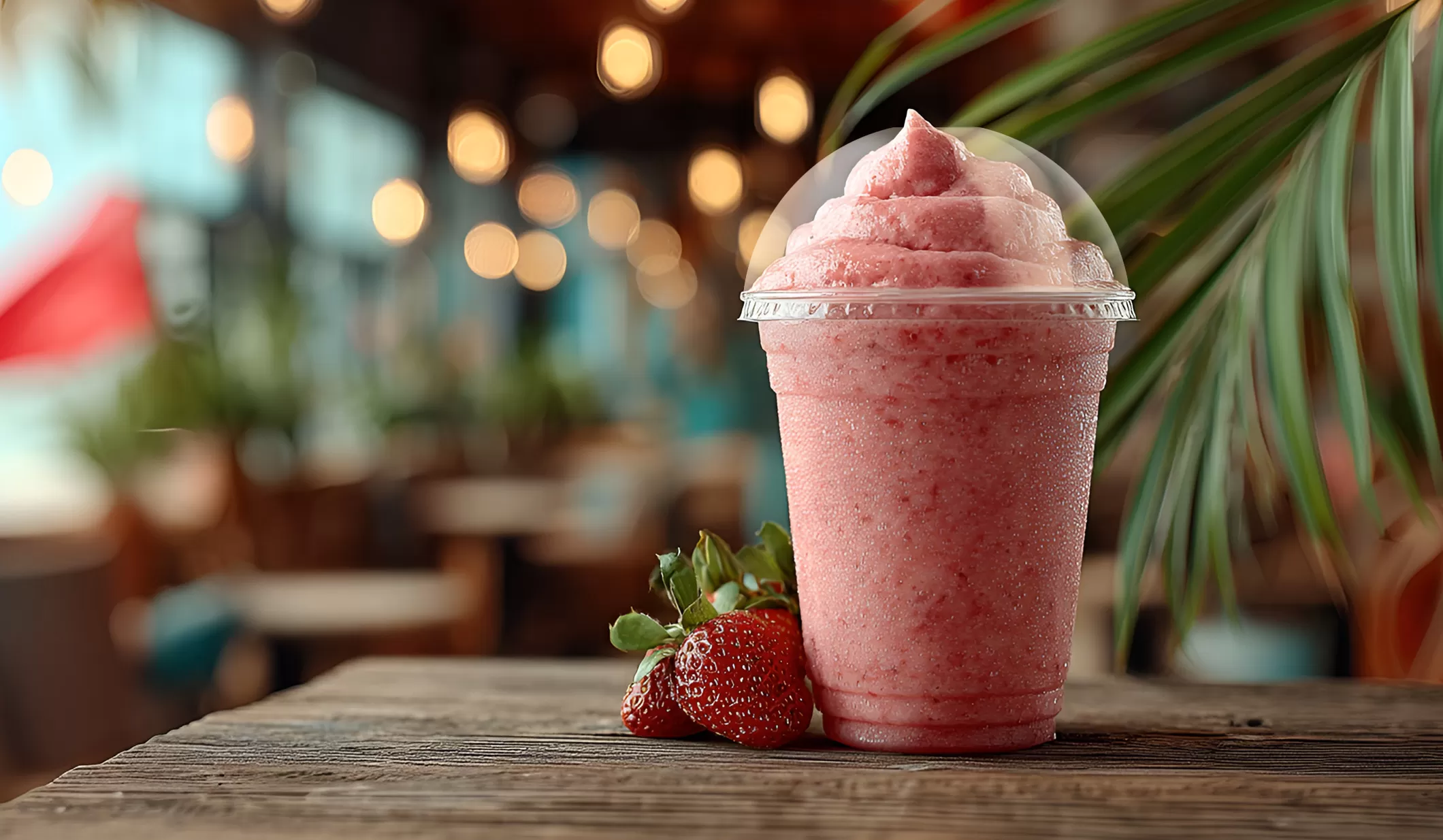
PP (Polypropylene)
PP plastic cups come in a variety of shapes and styles. They can withstand temperatures up to about 120°C, making them suitable for hot drinks without releasing harmful substances. With a stable chemical structure, they are resistant to most chemical agents. For many people, PP is the preferred material for plastic cups. It is non-toxic, environmentally friendly, and offers great value for money. Many beverage stores also use PP cups for cold drinks.
PS (Polystyrene)
PS plastic cups are heat and cold resistant but cannot be used in microwaves. Compared to PP, PS plastic cups are less advantageous.
PC (Polycarbonate) and Other Materials
PC materials are durable and can withstand significant plastic deformation without cracking. However, they have poor scratch resistance. These cups are typically used for products like water bottles, drinking cups, and baby bottles.
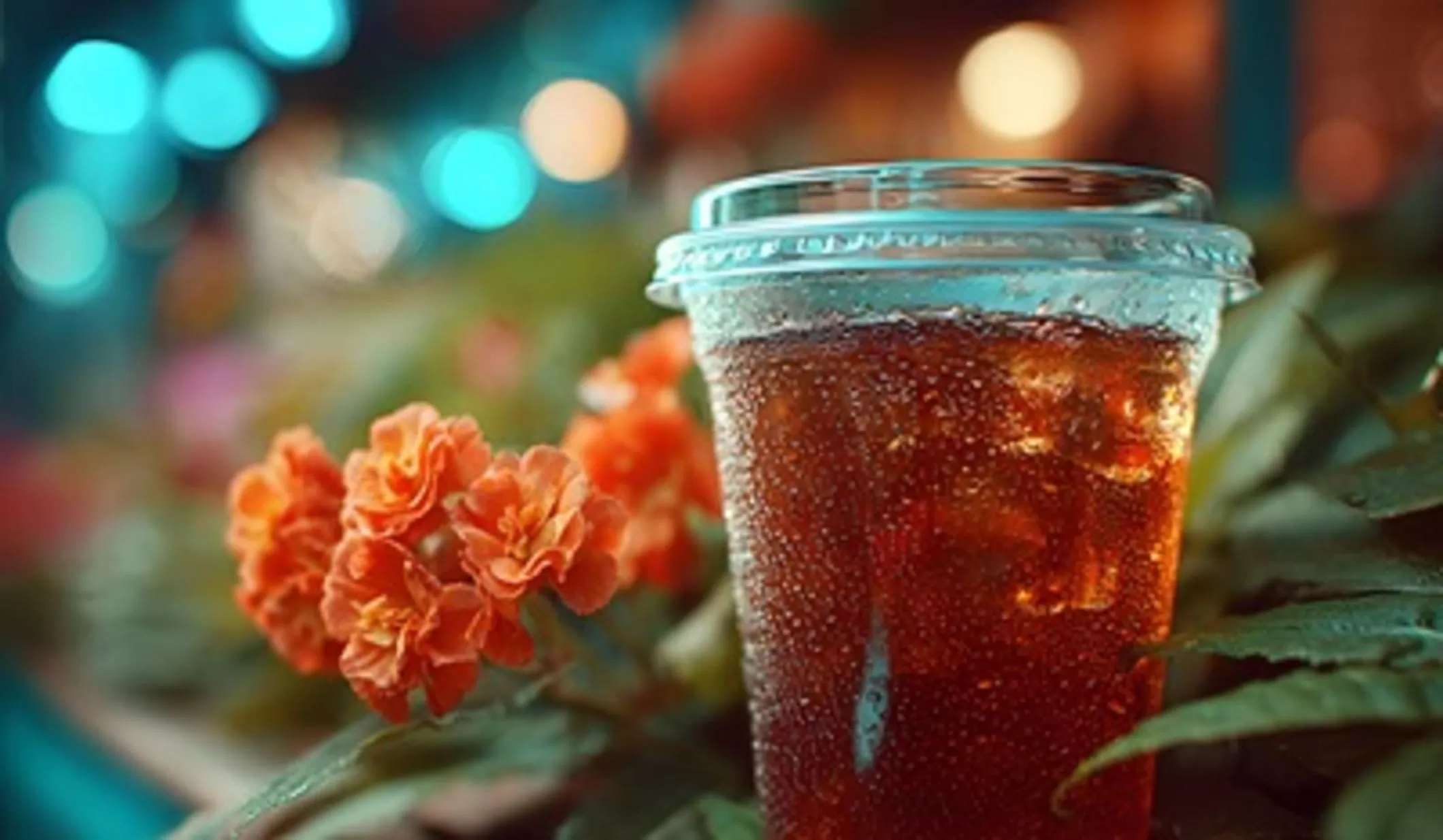
When selecting plastic cups in daily life, it's crucial to check the number code at the bottom and research the material used. This ensures we are making choices that are responsible for our health and the health of our families. Based on today's information, if you are looking for a safe plastic cup, PP material is a good choice. At Keystone Supply, we are committed to providing the best service to our customers, and we produce a large quantity of PP plastic cups. If you're interested, you can visit our product page for more information!






